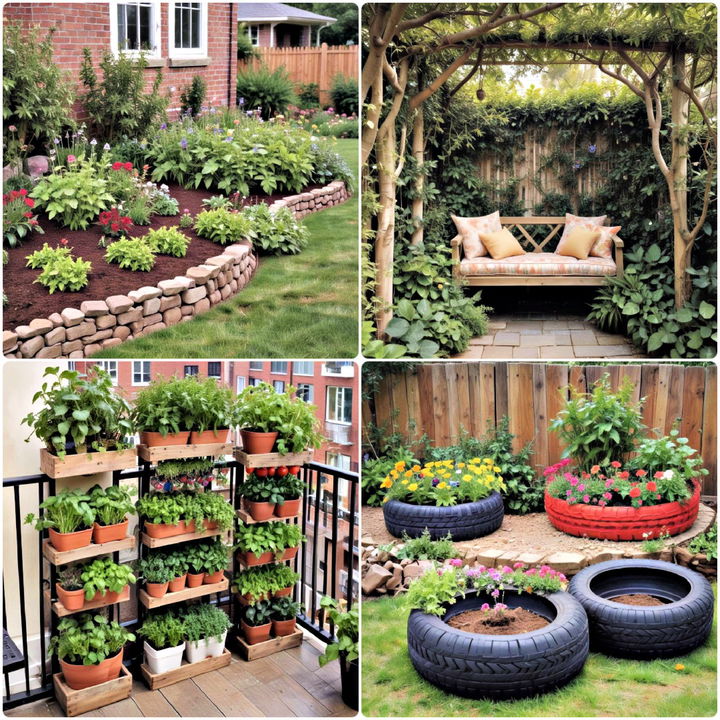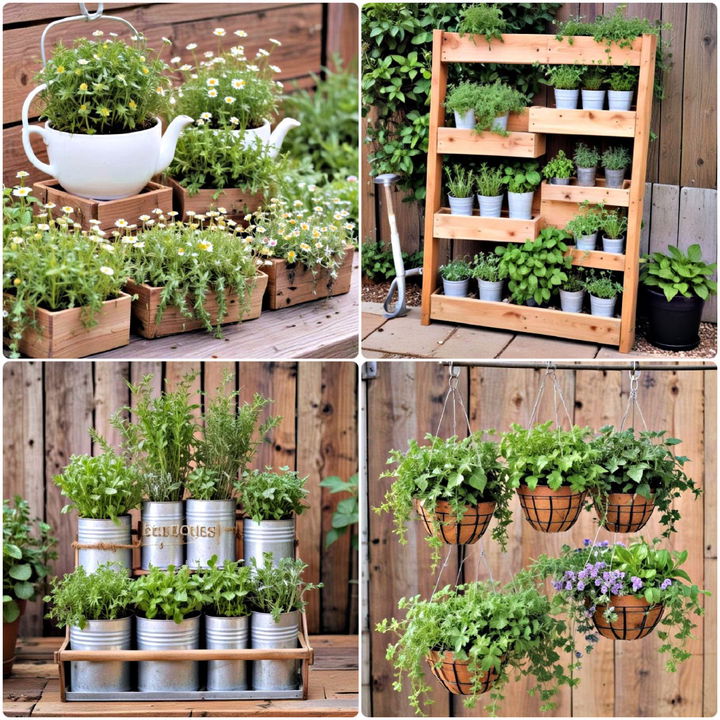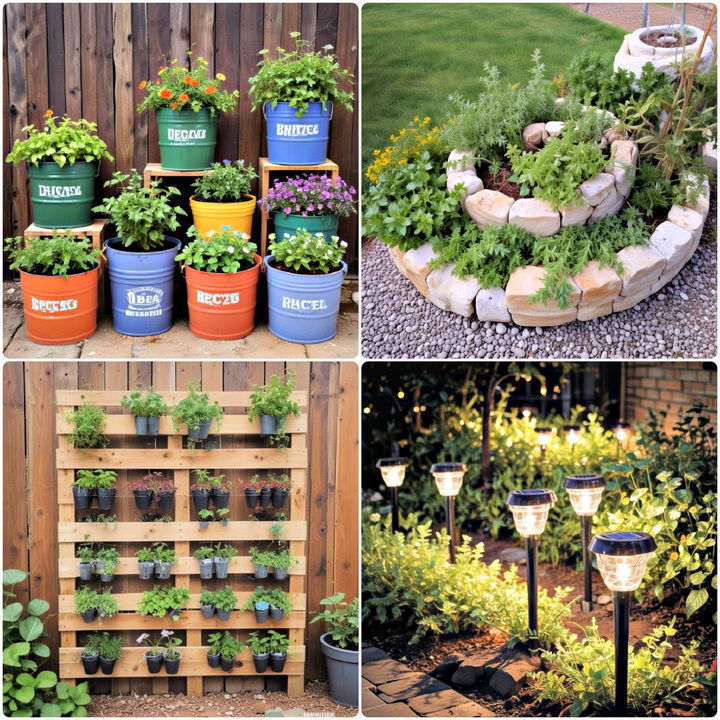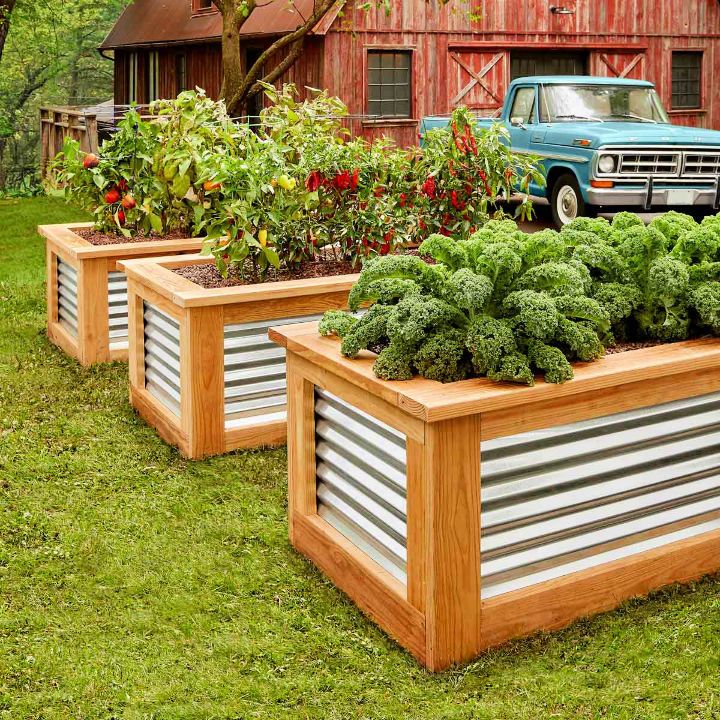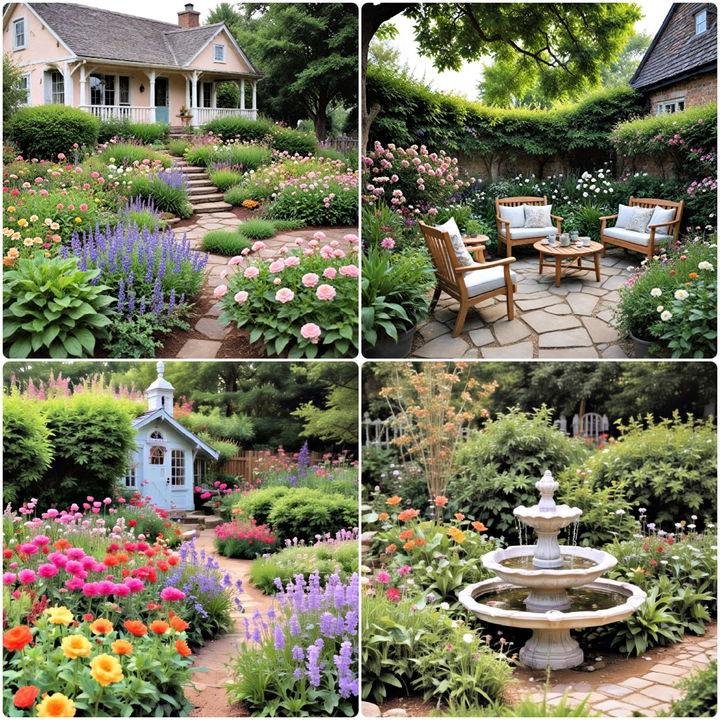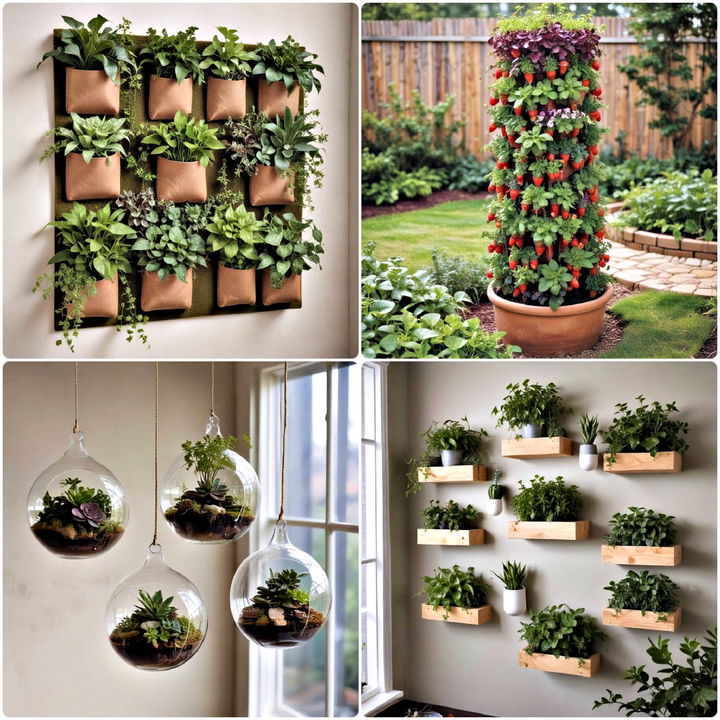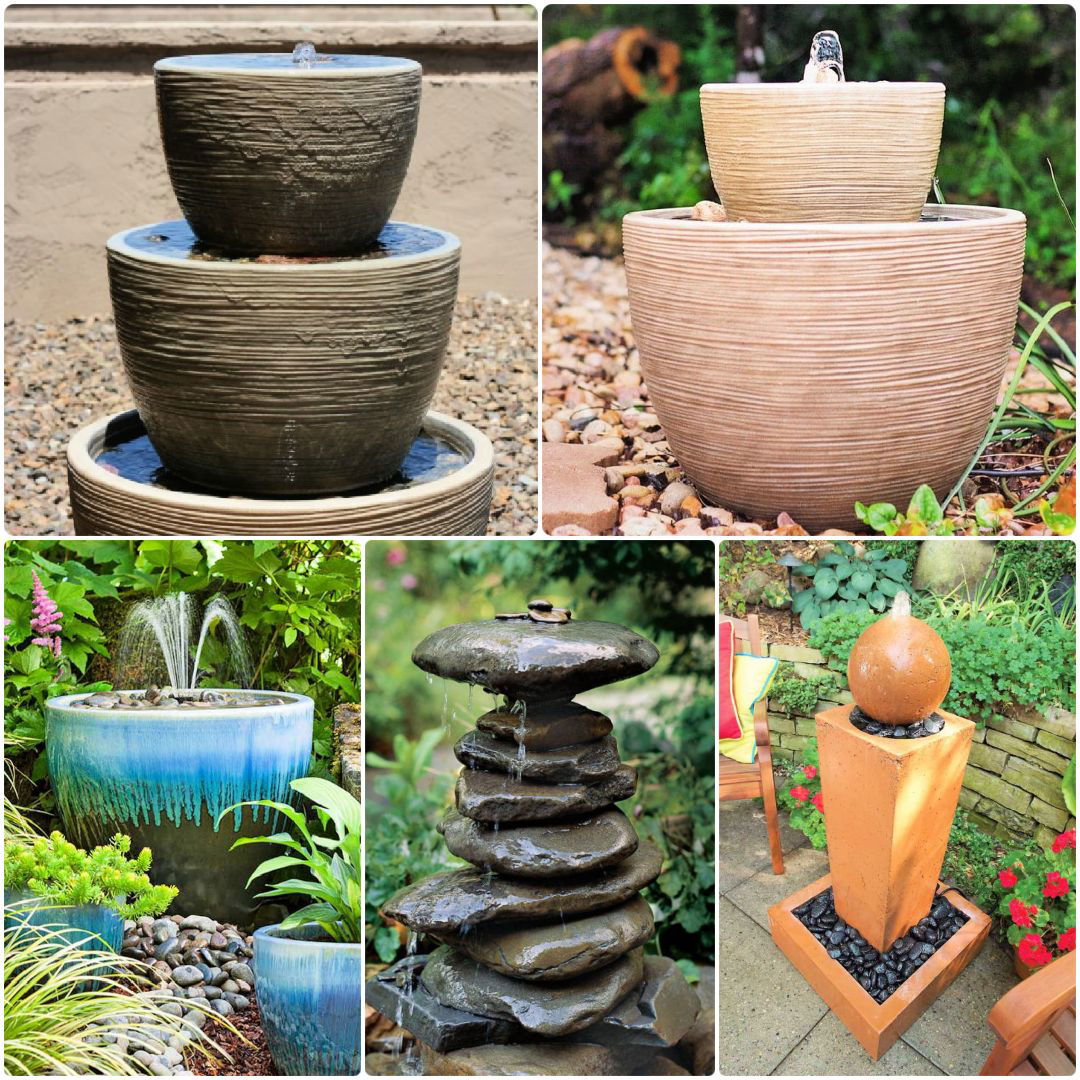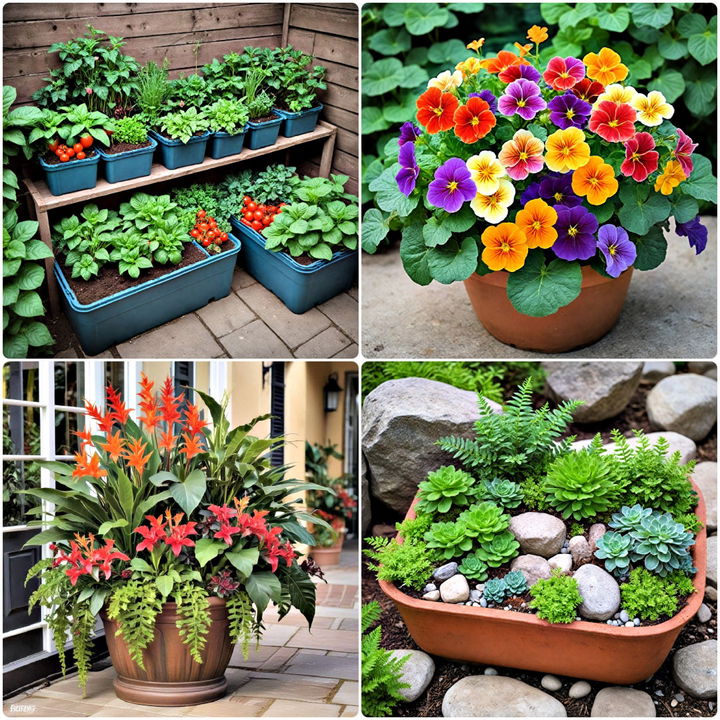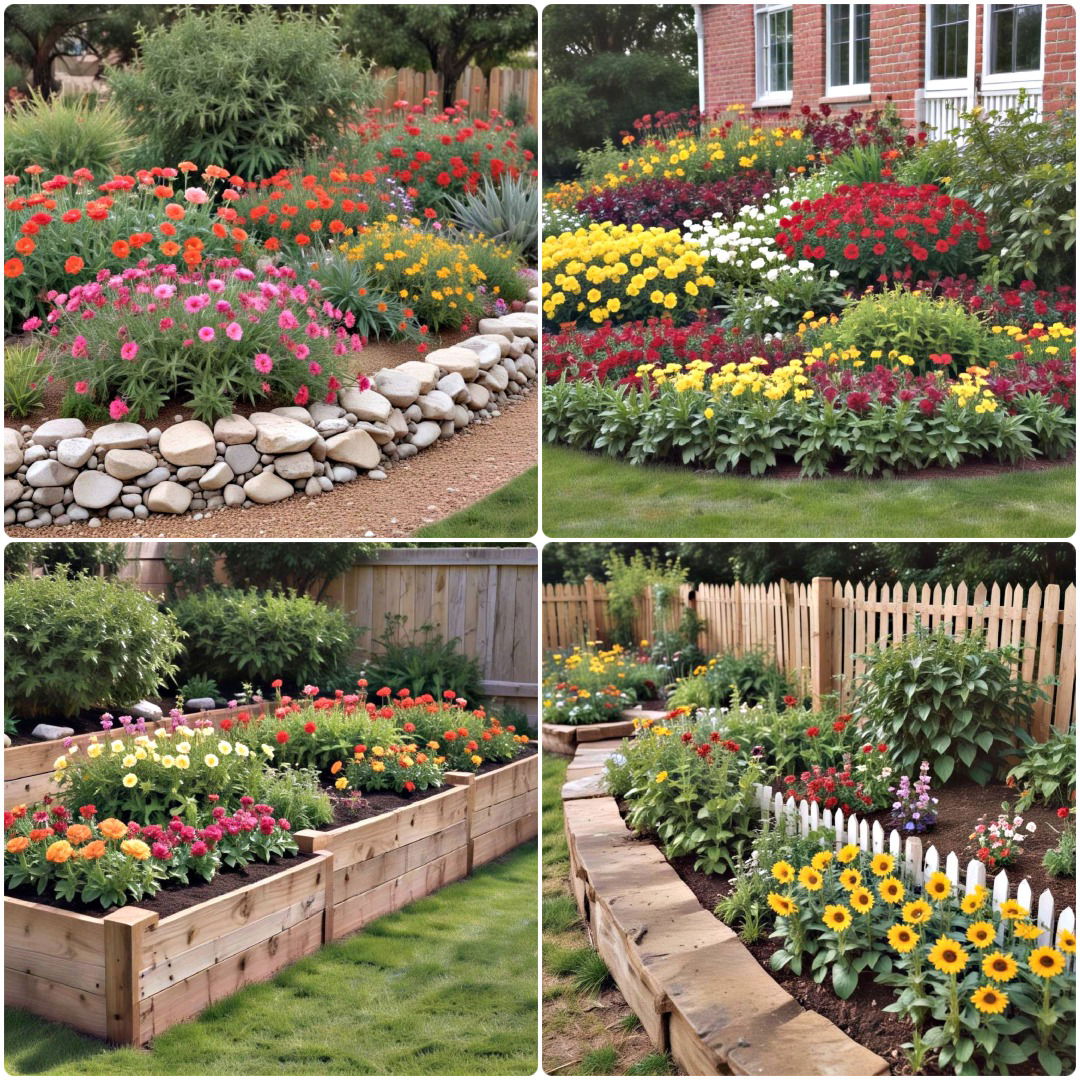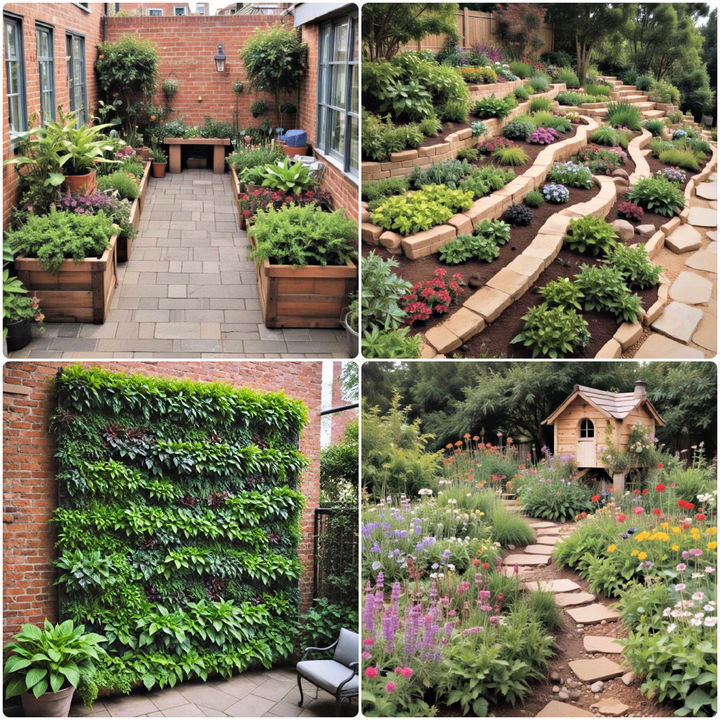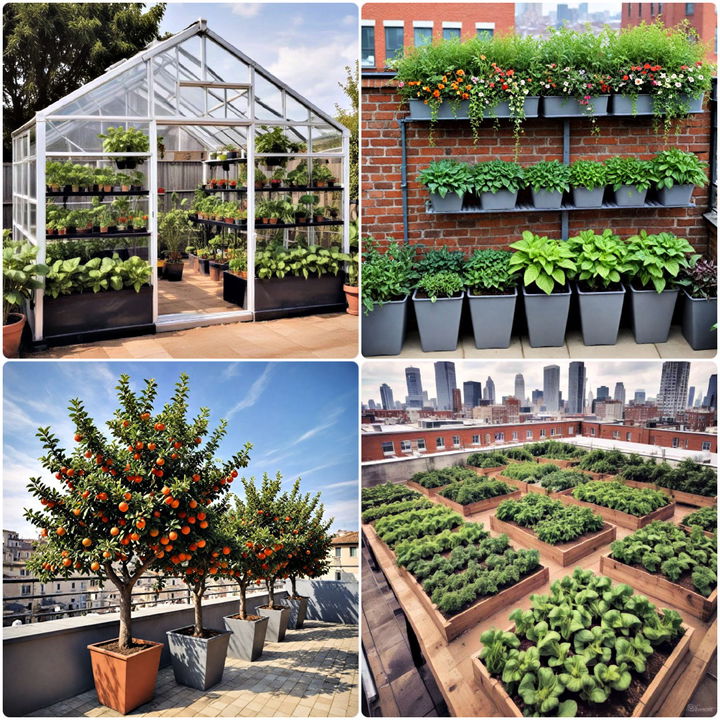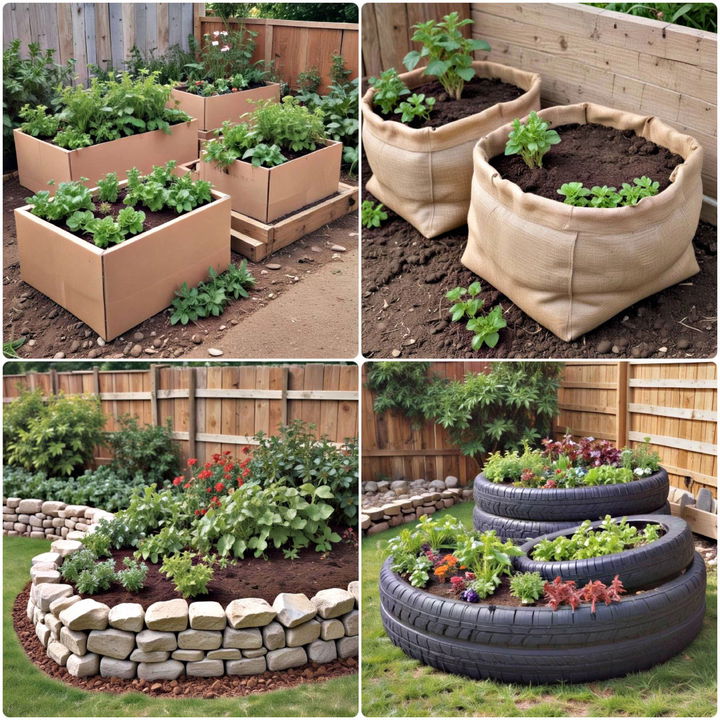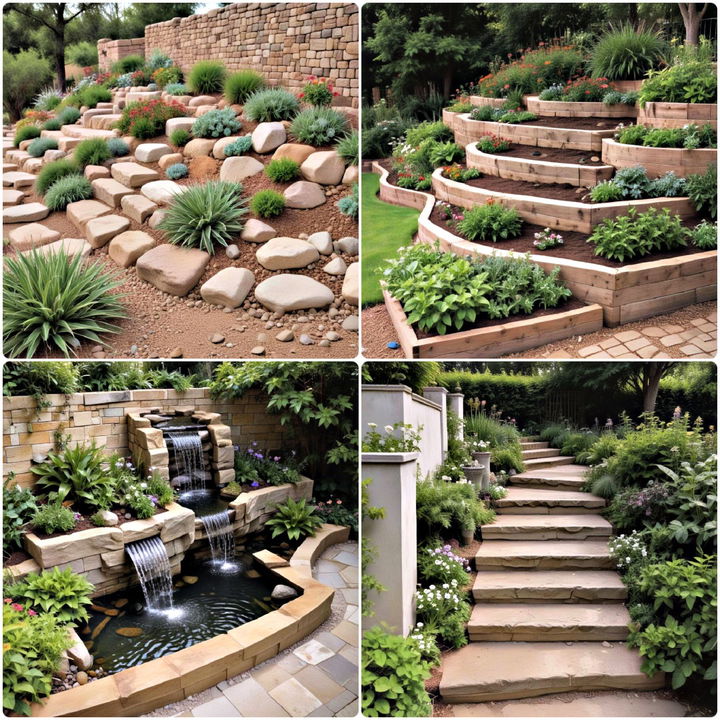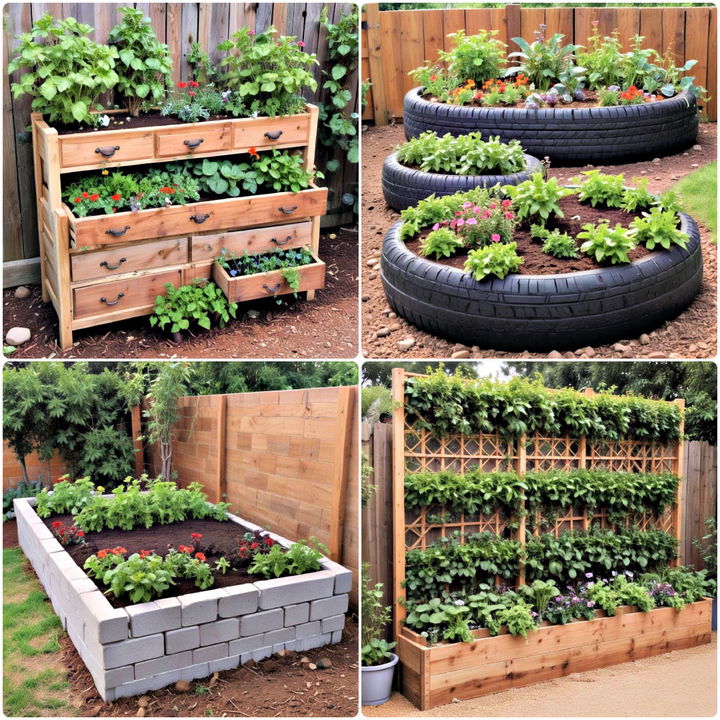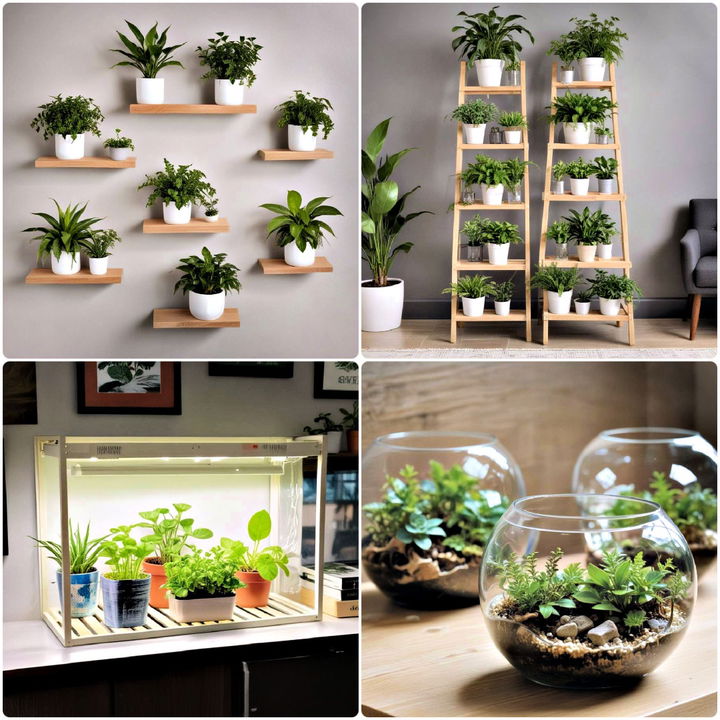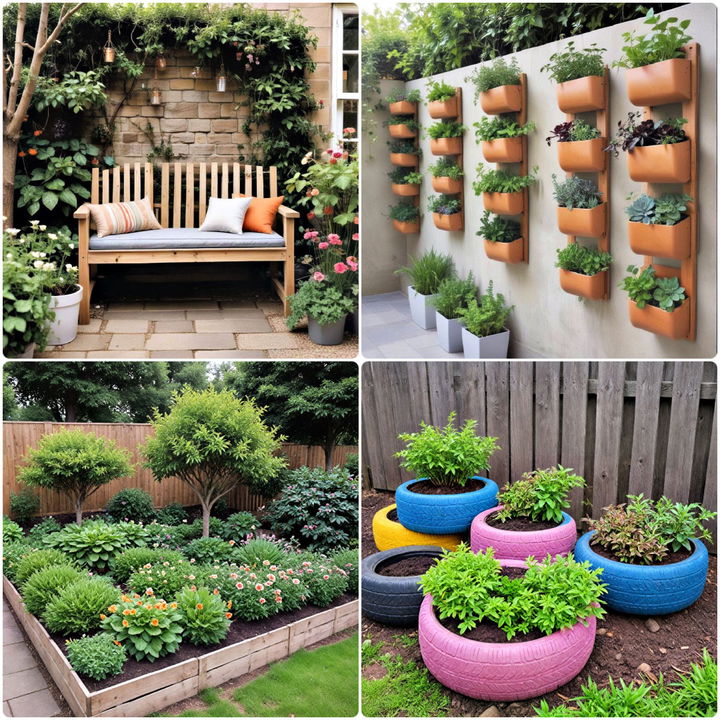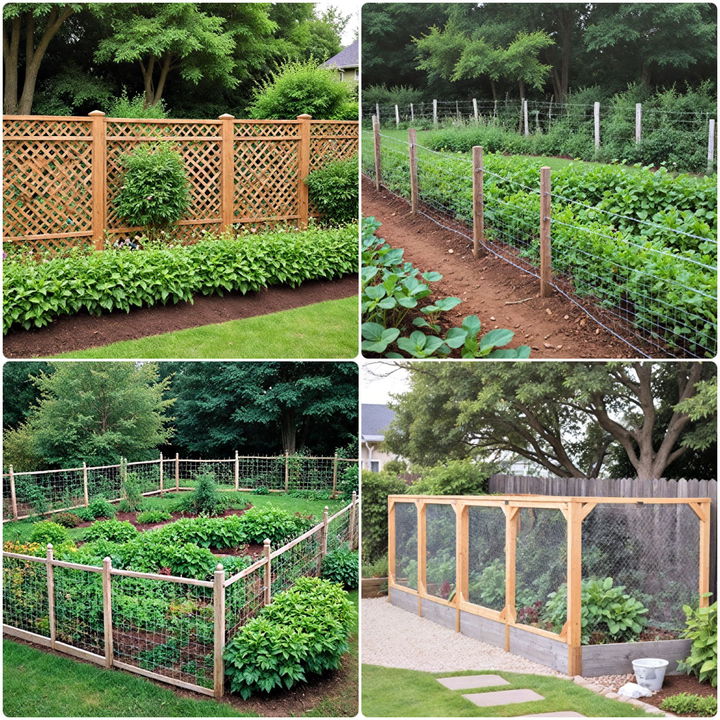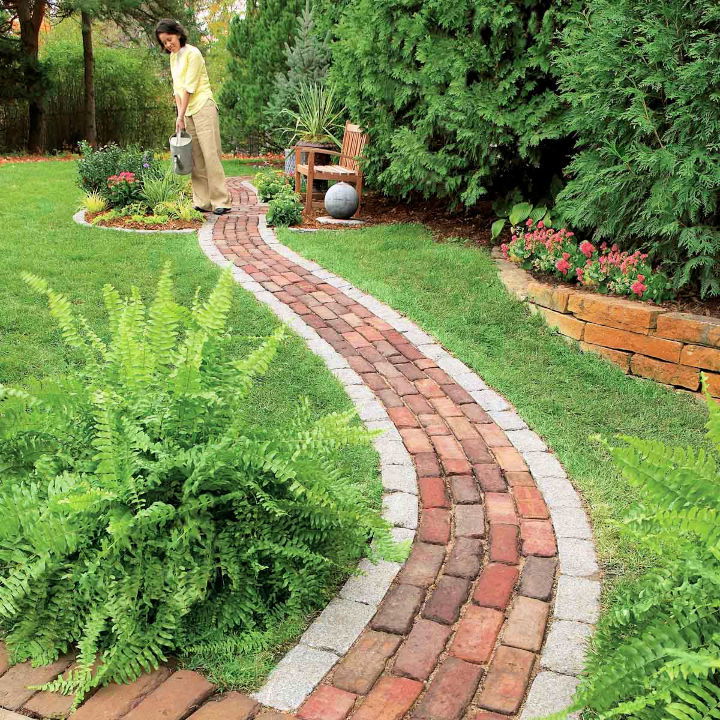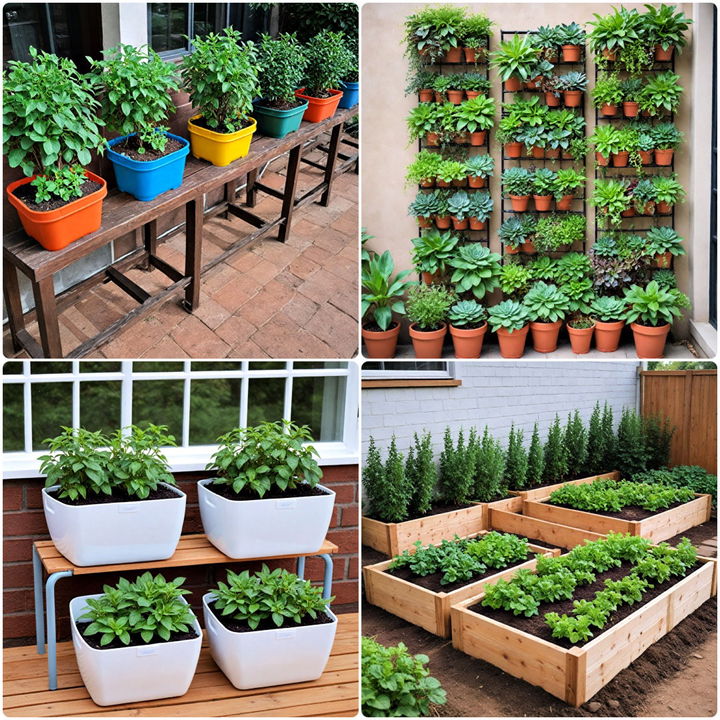Creating a lush vegetable garden can transform your backyard into a beautiful and productive oasis. With these vegetable garden ideas, you'll be able to grow fresh, delicious produce right at home, saving money and enjoying the benefits of garden-fresh food. From container gardening to raised beds, these tips and techniques cater to all skill levels. You'll find practical advice on soil preparation, planting, and maintenance.
Explore different methods to maximize space, such as vertical gardening and square-foot gardening. Learn about companion planting to improve yields and protect plants from pests. Discover how to choose the best vegetables for your climate and what tools will make gardening easier. By following these vegetable garden ideas, you can create a thriving garden that brings joy and fresh produce to your table.
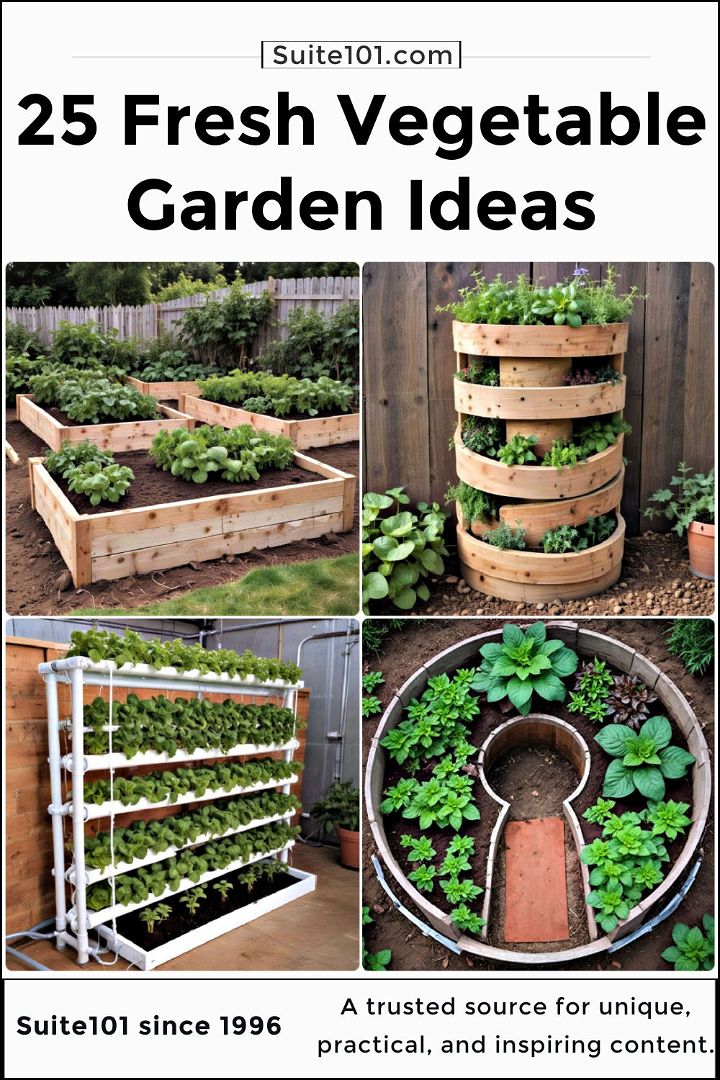
Discover 25 vegetable garden ideas to enhance your backyard, boost your harvest, and enjoy fresh produce all season long!
1. Raised Bed Gardening
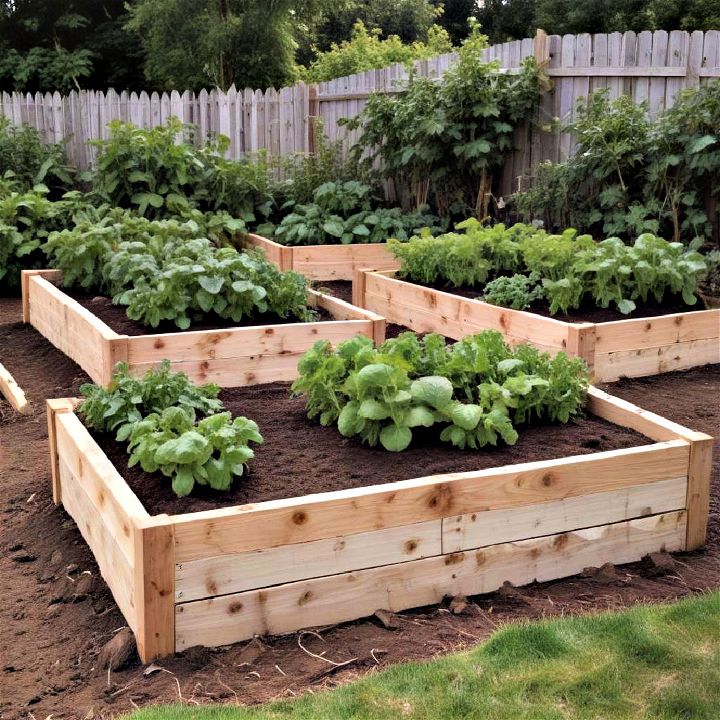
Raised bed gardening elevates your plants, literally and figuratively. This approach involves creating contained soil areas above ground level, often framed with wood or concrete blocks. It's perfect for backyards with poor soil or drainage issues. Raised beds warm up faster in spring, extending your growing season and making gardening more accessible and manageable.
2. Vertical Gardening
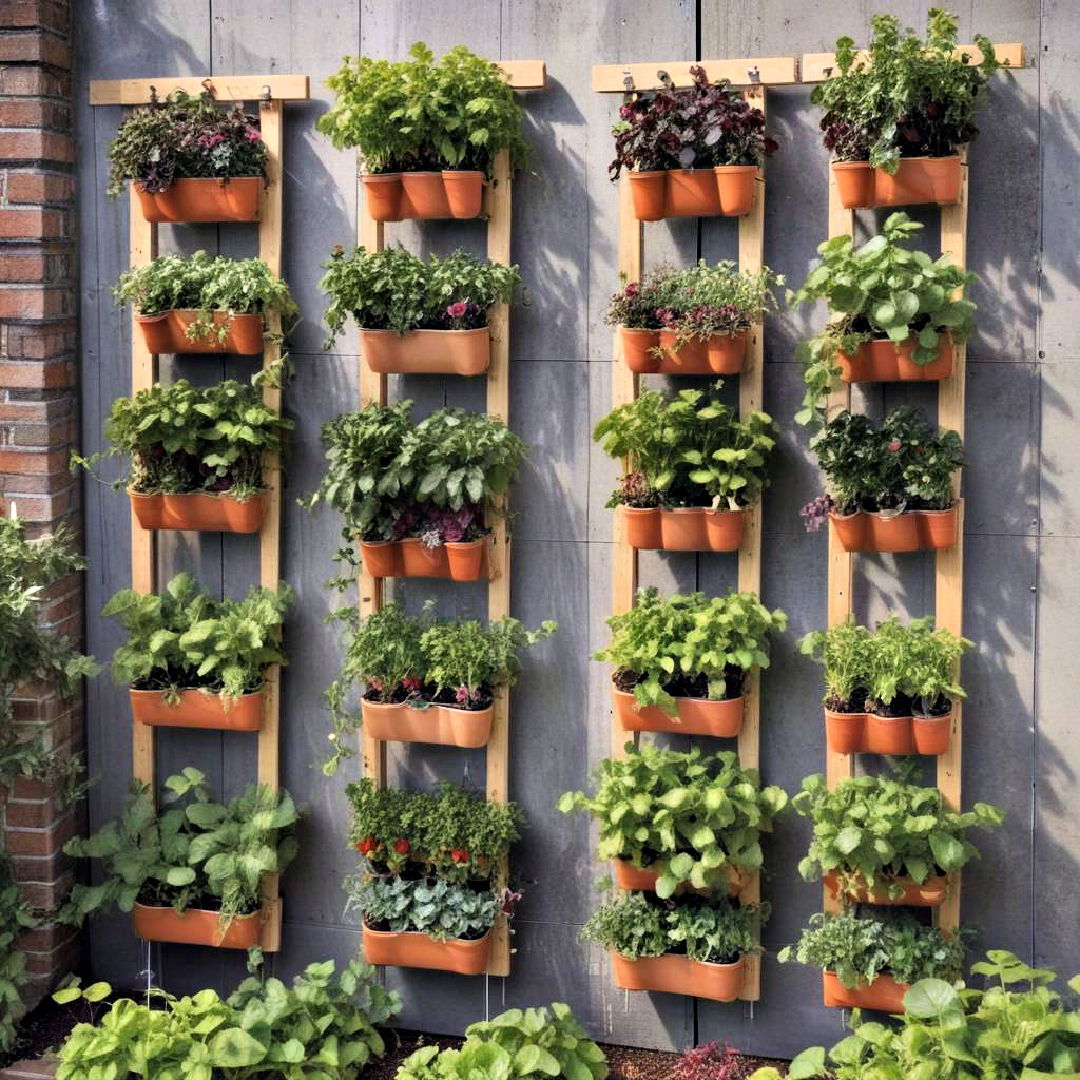
When space is at a premium, think upwards! Vertical gardening uses trellises, wall-mounted planters, or stacking systems to grow plants vertically. It's a great way to maximize limited space, brighten up a wall, or even create natural privacy screens. Plus, harvesting is a breeze since you don't have to bend over as much.
3. Container Gardening
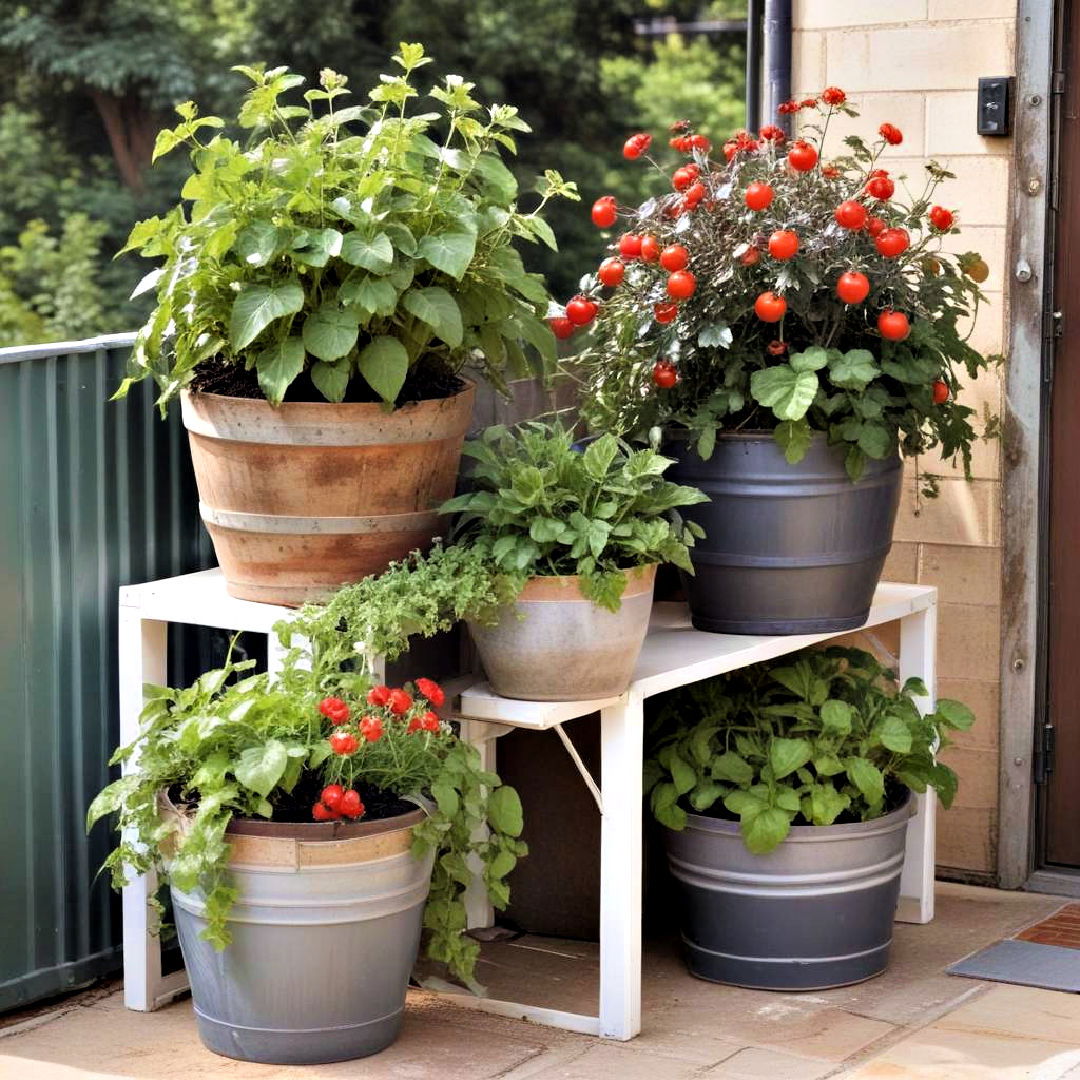
Unleash your inner green thumb, even in the smallest of spaces with container gardening. From pots and tubs to barrels and hanging baskets, container gardening lets you grow everything from herbs to tomatoes. It's a versatile option that can adapt to any space, perfect for balconies or patios, and is easy to manage.
4. Herb Spirals
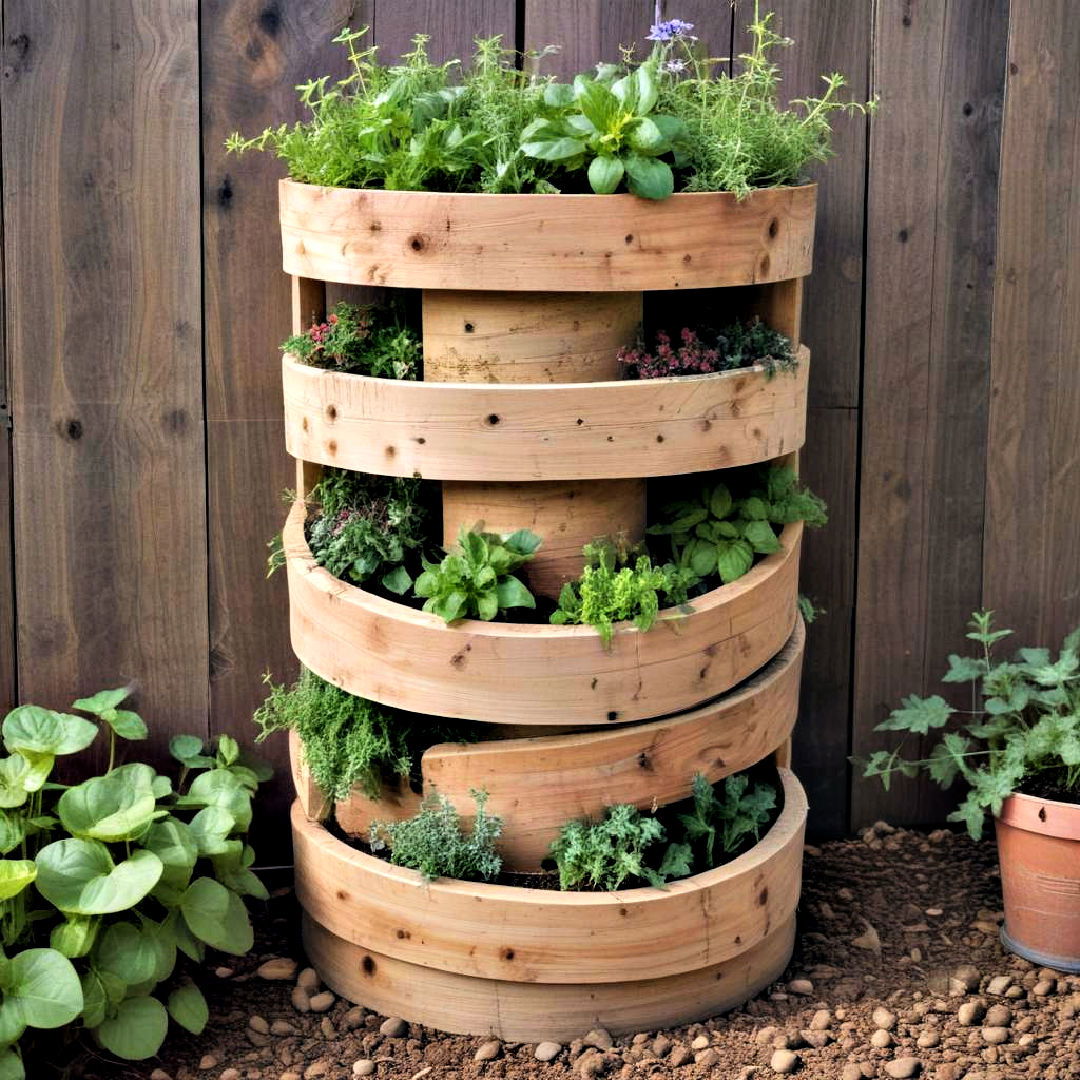
Discover vegetable garden ideas to transform your outdoor space into a green oasis. An herb spiral is a compact, vertical garden design that allows you to grow a variety of herbs in a small footprint. By creating a spiral structure with stones or bricks, you can take advantage of microclimates—moister, cooler areas at the bottom and warmer, drier spots at the top—ideal for different herbs' growing requirements.
5. Keyhole Gardens
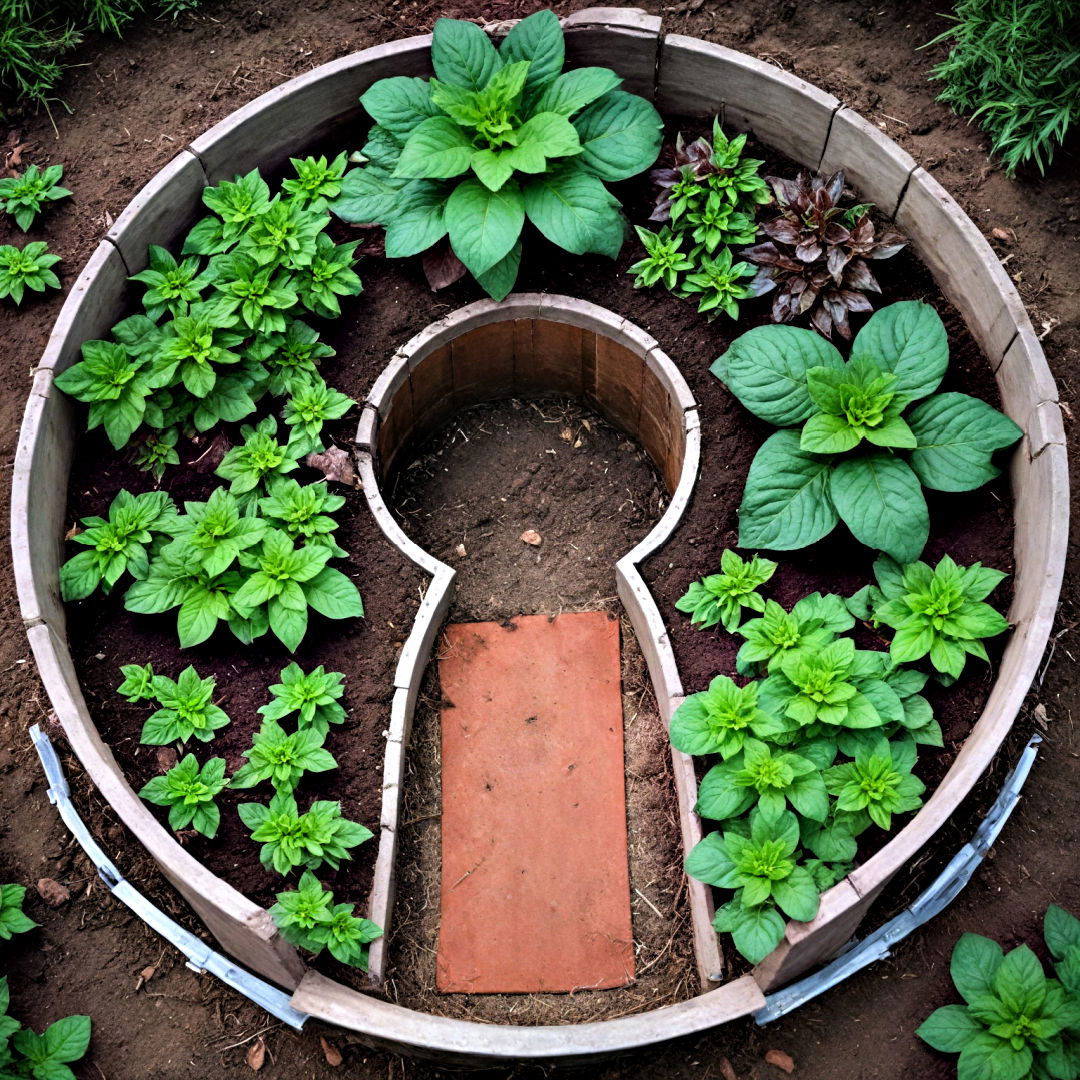
Keyhole gardens are a smart and sustainable small-scale gardening solution, especially in areas with challenging climates. Characterized by their keyhole shape when viewed from above, these gardens are built to include a composting basket at the center, providing nutrients and moisture directly to the plants surrounding it. They're excellent for efficient water usage.
6. Polyculture Beds
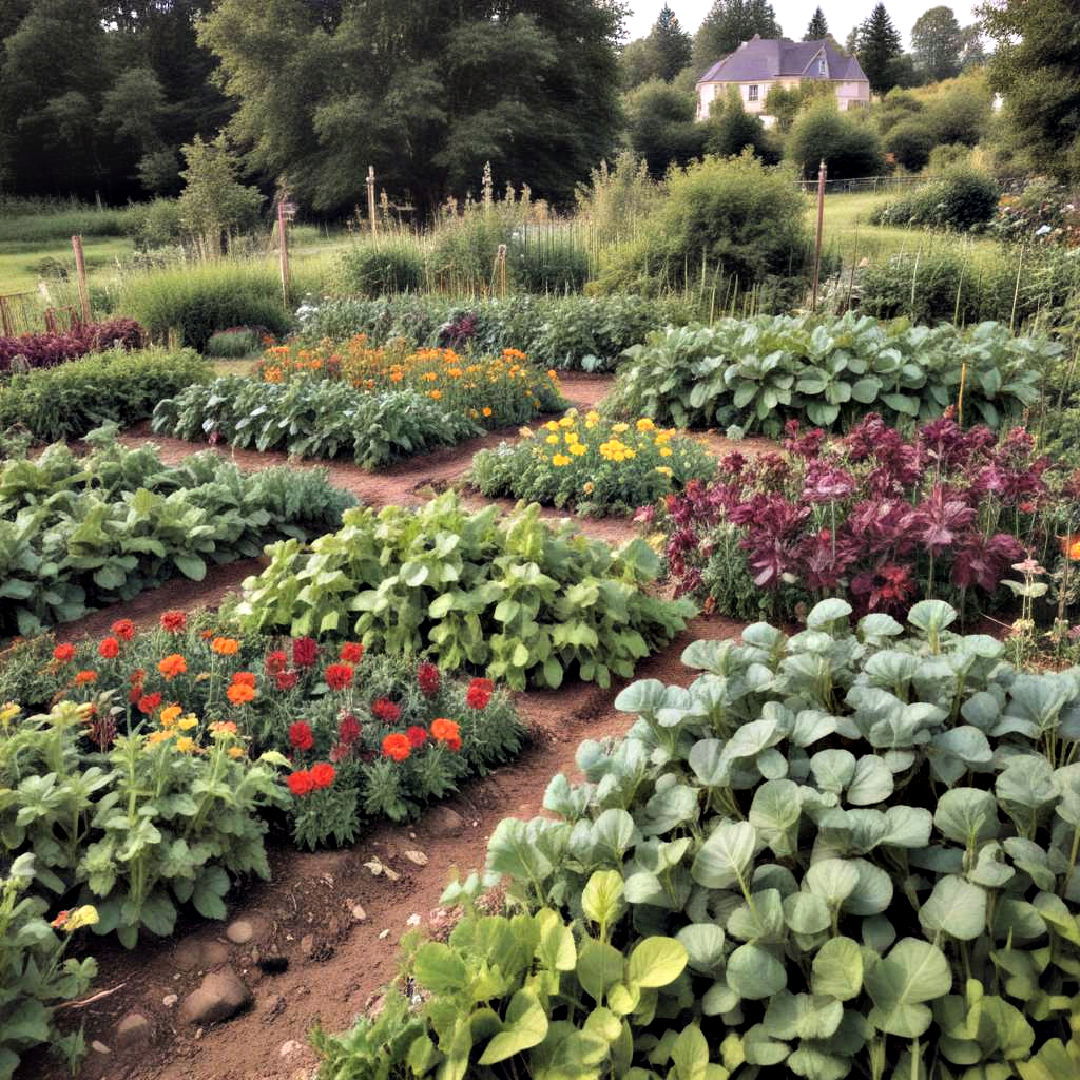
Polyculture beds mimic nature by cultivating a mix of plants together rather than in large, single-species plots. This diversity can lead to fewer pests and diseases, improved soil health, and a more resilient garden. By pairing plants that benefit each other, you can create a vibrant, productive garden ecosystem.
7. Square Foot Gardening
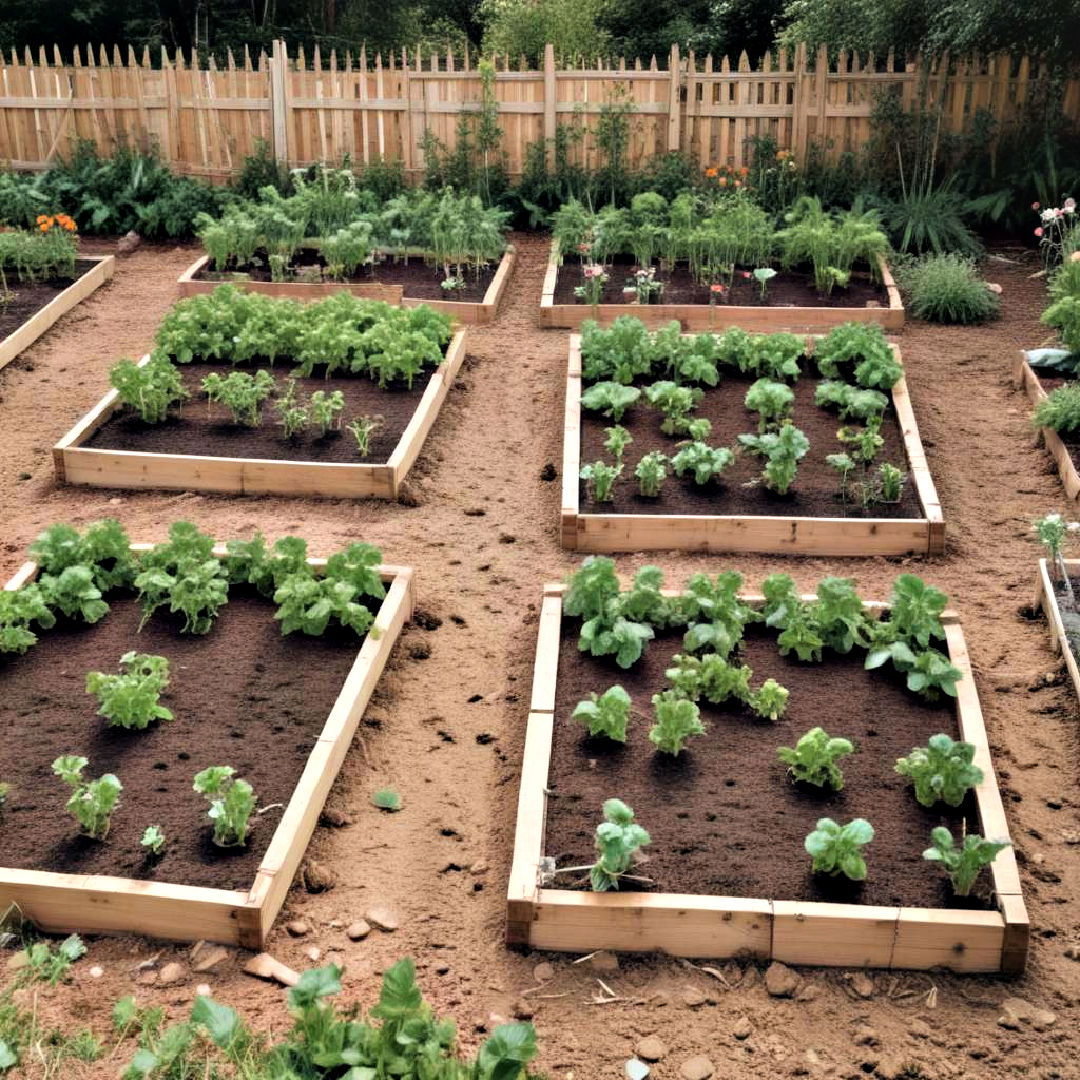
Square foot gardening is all about efficiency. Dividing your growing space into 1-foot square sections allows you to manage planting, weeding, and harvesting more easily. This method is great for beginners and can produce a high yield in a small space by focusing on dense planting of selected crops.
8. Pallet Gardens
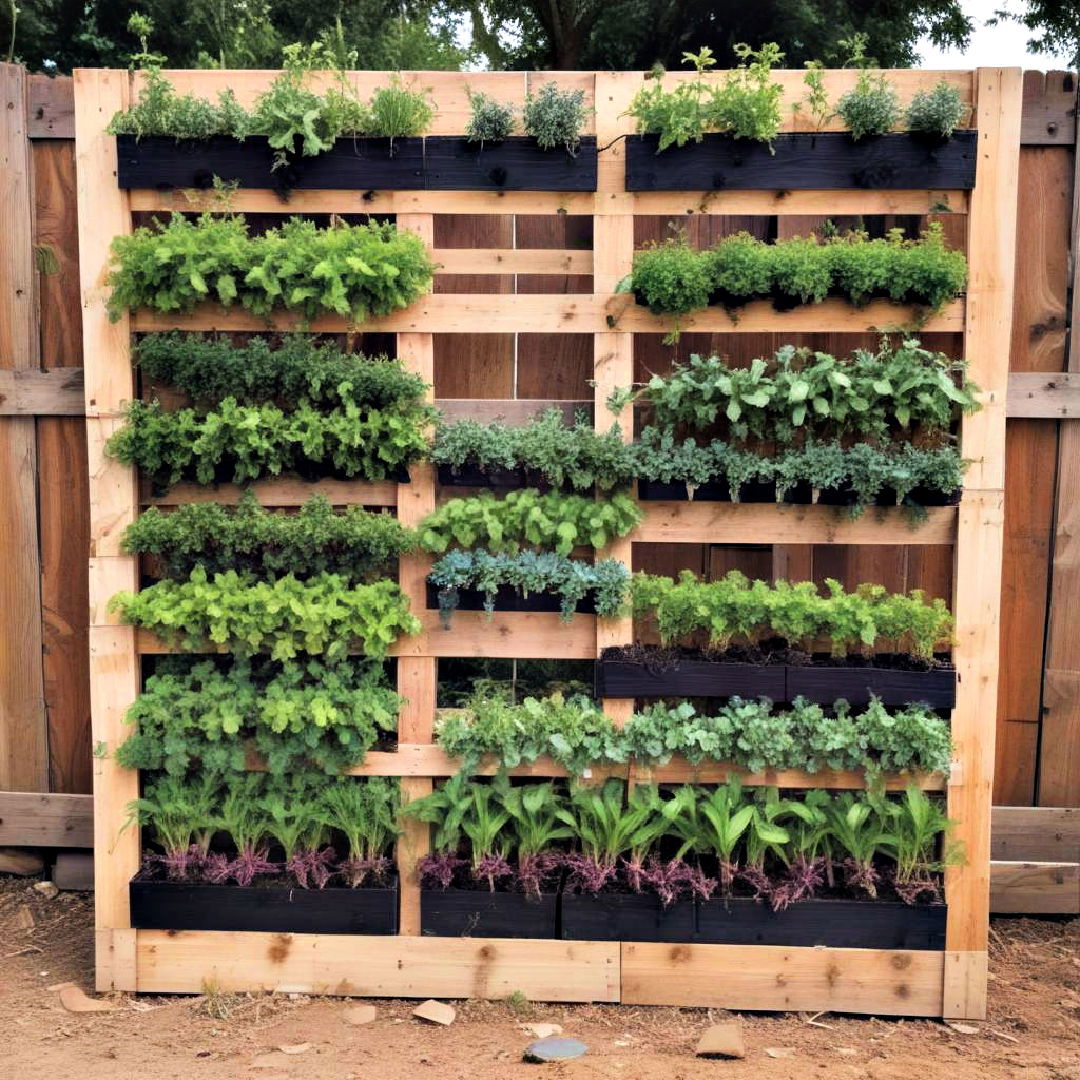
Pallet gardens are a creative and cost-effective way to start your vegetable garden. By repurposing wooden pallets as planters, you can grow herbs, greens, and even some root vegetables. They're perfect for adding a green touch to urban spaces, and the slats provide natural divisions for different crops.
9. Permaculture Gardens
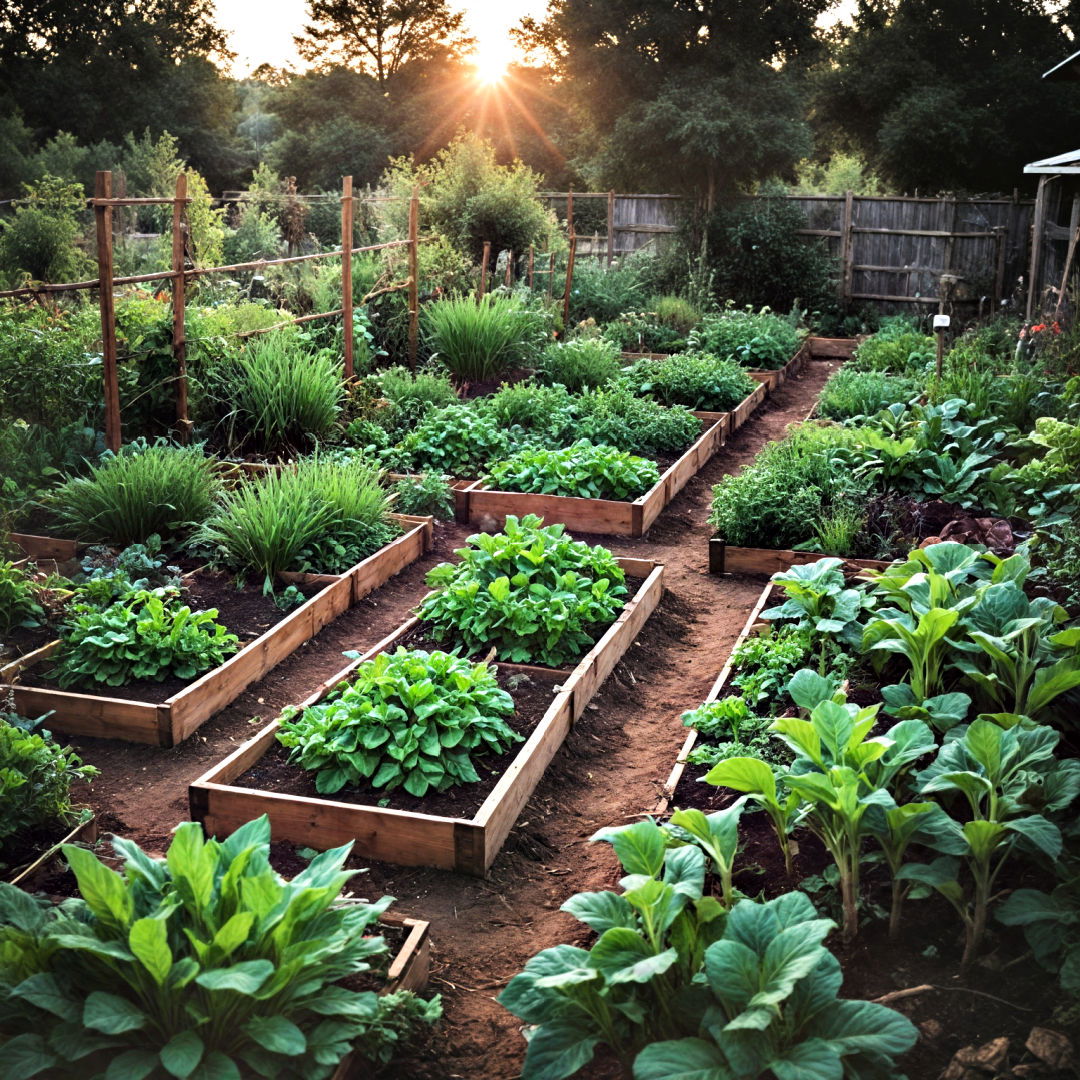
Permaculture gardens aim for sustainability and self-sufficiency, mimicking natural ecosystems. They often include a mix of perennial and annual plants, along with strategies for water conservation and composting. Embracing permaculture principles can help you create a garden that's in harmony with the surrounding environment.
10. Aquaponic Systems
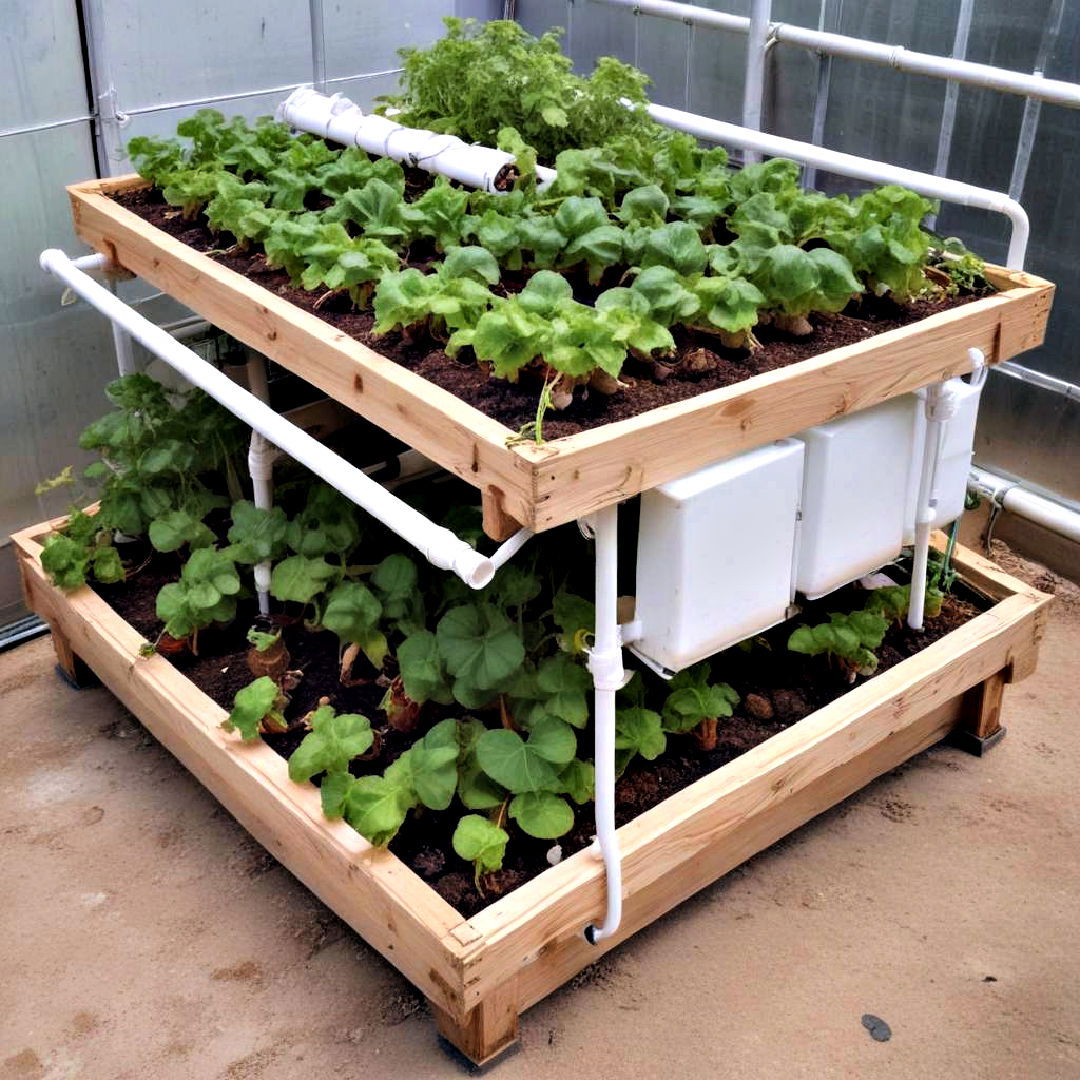
Explore our small backyard backyard vegetable garden ideas for compact and efficient growing. Aquaponics combines aquaculture (raising fish) with hydroponics (growing plants in water) in a symbiotic environment. The fish waste provides organic food for the plants, and the plants naturally filter the water for the fish. It's a water-efficient, sustainable system that can produce both fresh produce and protein.
11. Rooftop Gardens
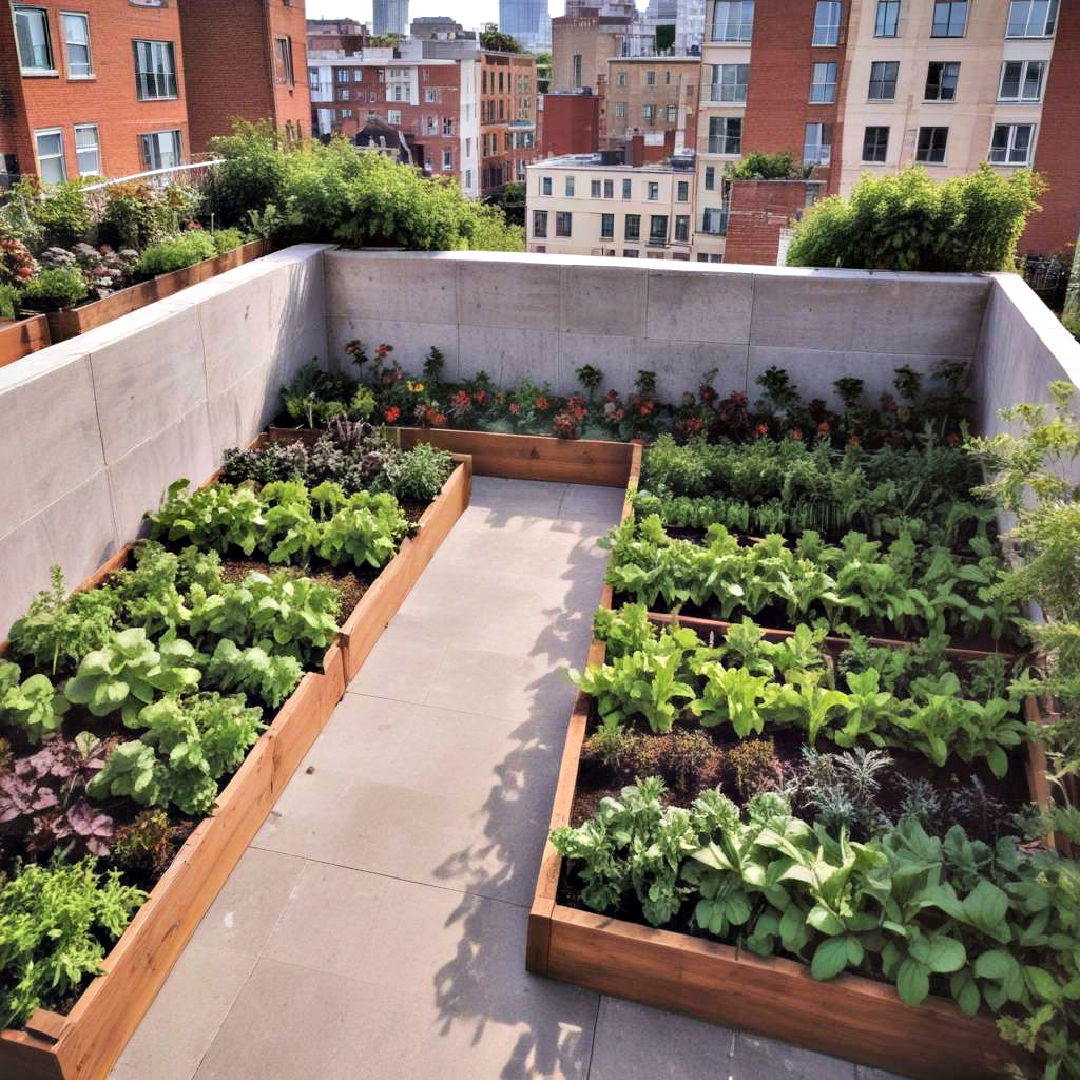
Rooftop gardens offer an oasis in the urban jungle. Transforming neglected roof space into a vibrant vegetable garden not only provides fresh produce but also reduces heat and adds insulation to buildings. With appropriate containers and careful planning, you can turn any rooftop into a green haven.
12. Window Box Gardens
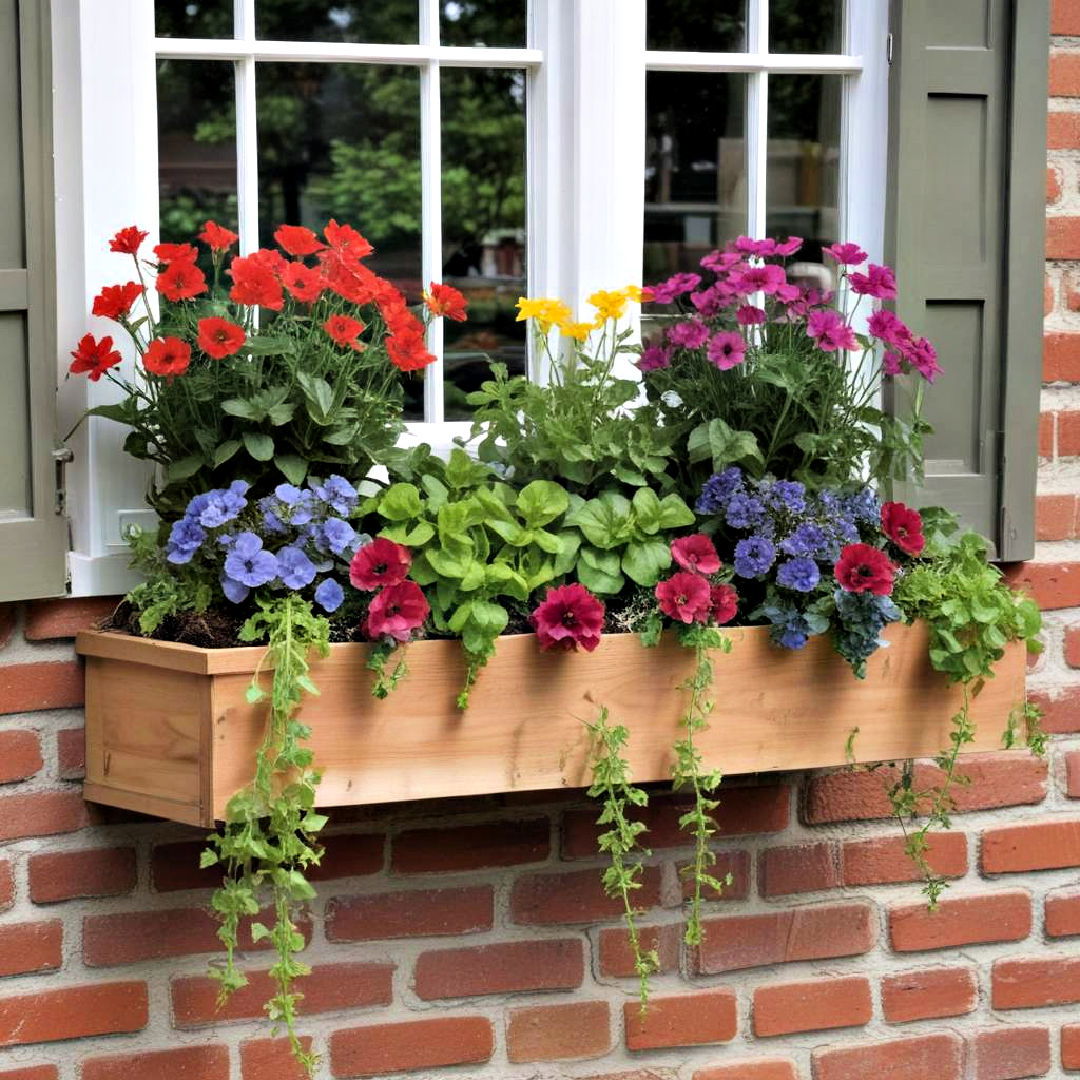
Window box gardens are a delightful way to add a splash of color and freshness to your view. Suitable for herbs, flowers, and small vegetables, these compact gardens are perfect for those who want to enjoy a bit of gardening without a yard. Plus, they're just outside your window for easy access and enjoyment.
13. Edible Landscaping
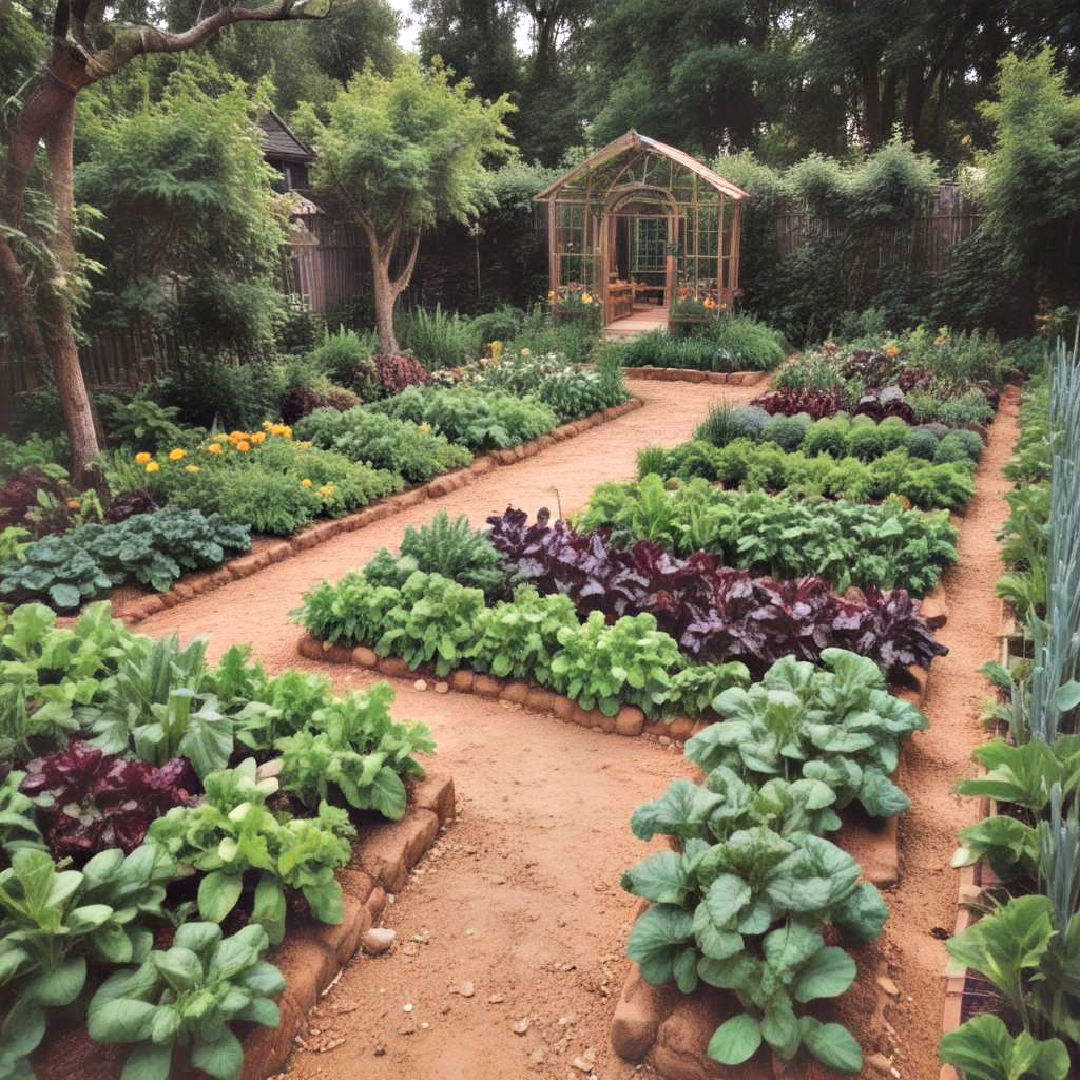
Imagine your garden doubling as both a stunning landscape and a source of delicious veggies. Edible landscaping integrates food plants with ornamental ones, creating a space that's both beautiful and productive. From vibrant chard to sprawling tomato plants, edible landscapes challenge the conventional lawn for a more flavorful and sustainable alternative.
14. Community Gardens
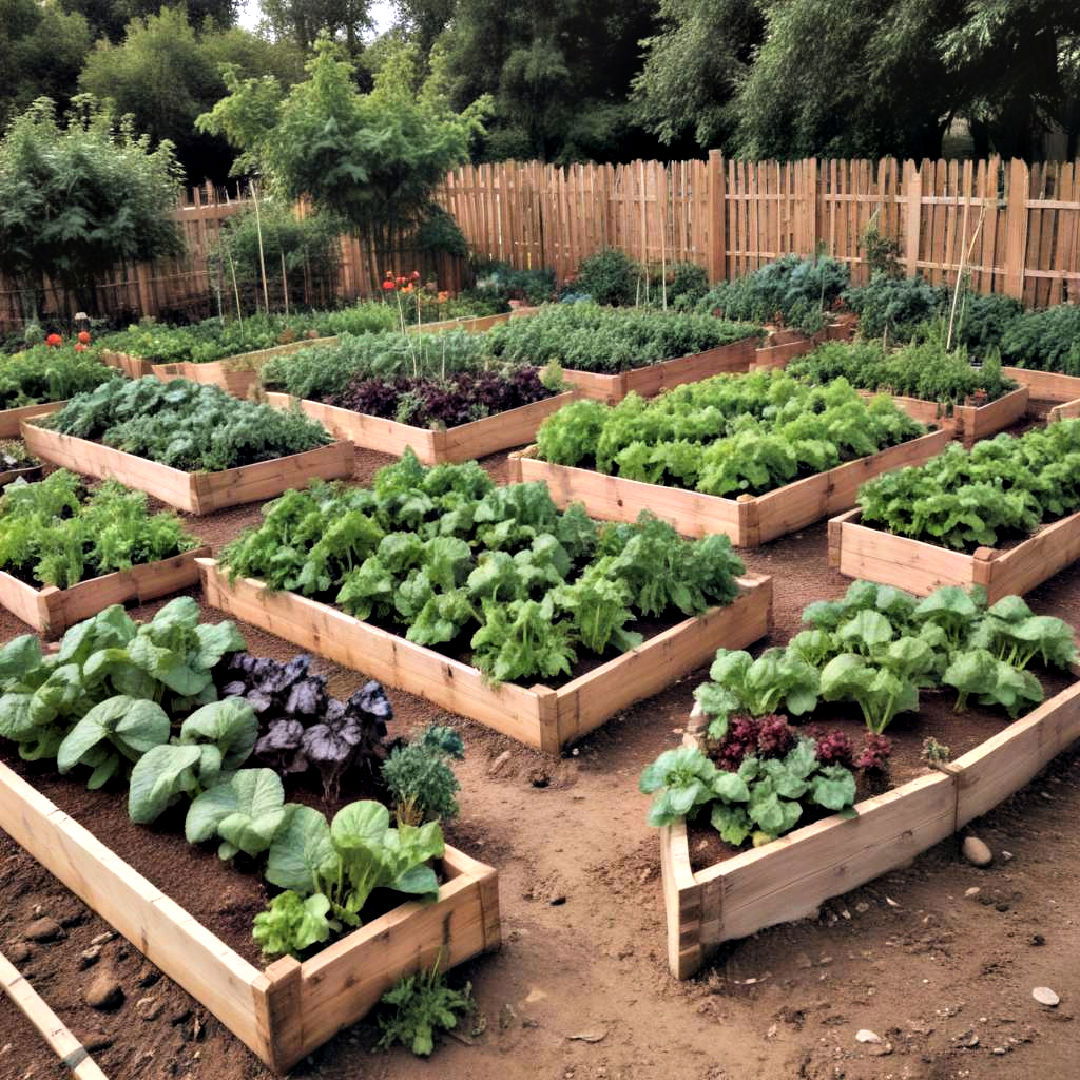
Unleash your creativity with creative vegetable garden designs to make gardening fun and functional. Joining a community garden can be a rewarding way to grow your own vegetables while connecting with neighbors. These shared spaces offer plots for individuals or families to cultivate, promoting local food production and fostering a sense of community. It's a great way to learn from more experienced gardeners and share in the joy of harvesting together.
15. Garden Rotation
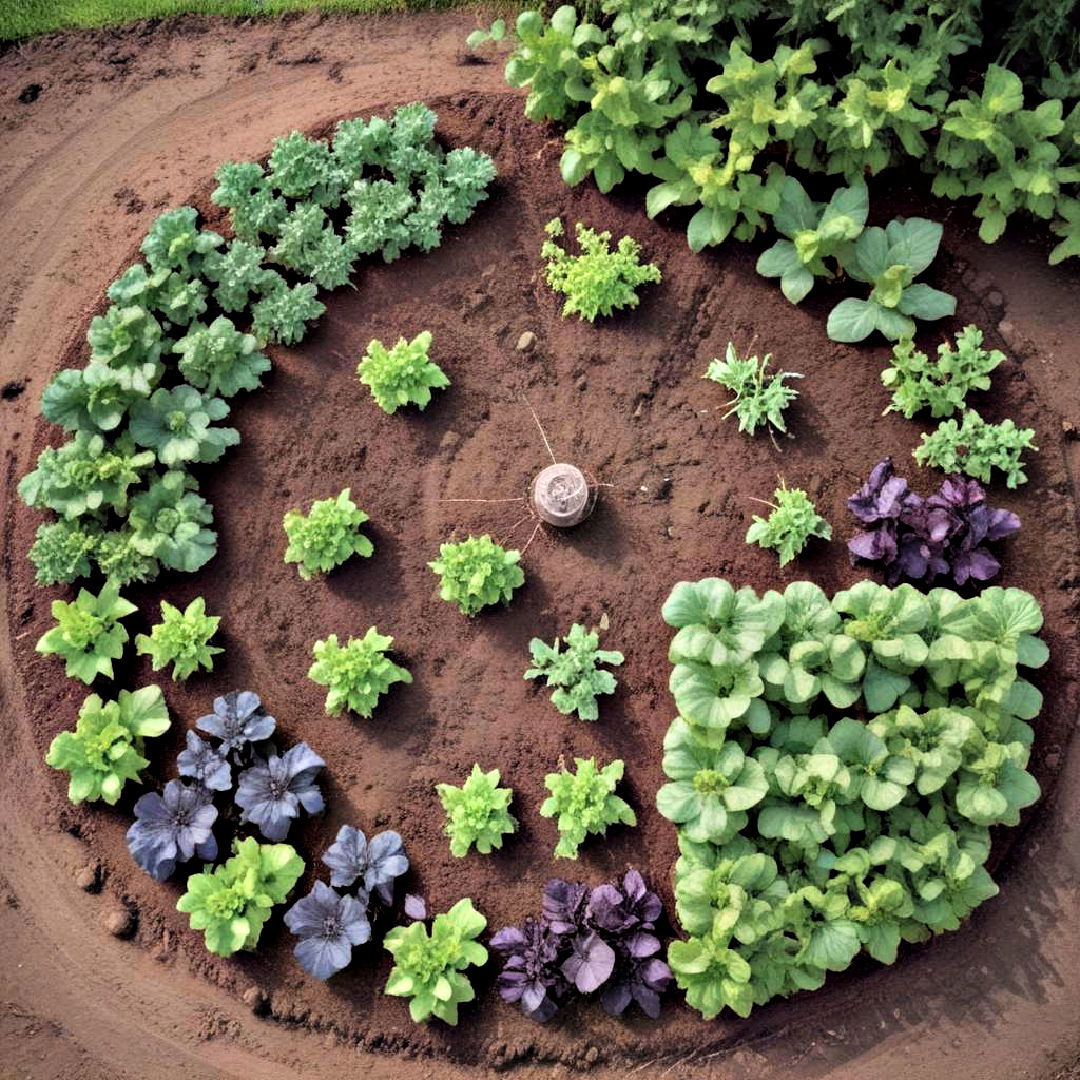
Rotating your garden crops is a simple yet effective strategy for maintaining soil health and reducing pest problems. By changing the location of plant families each year, you can prevent nutrient depletion and disrupt the life cycle of pests. This practice encourages a more productive vegetable garden year after year.
16. No-Dig Gardens
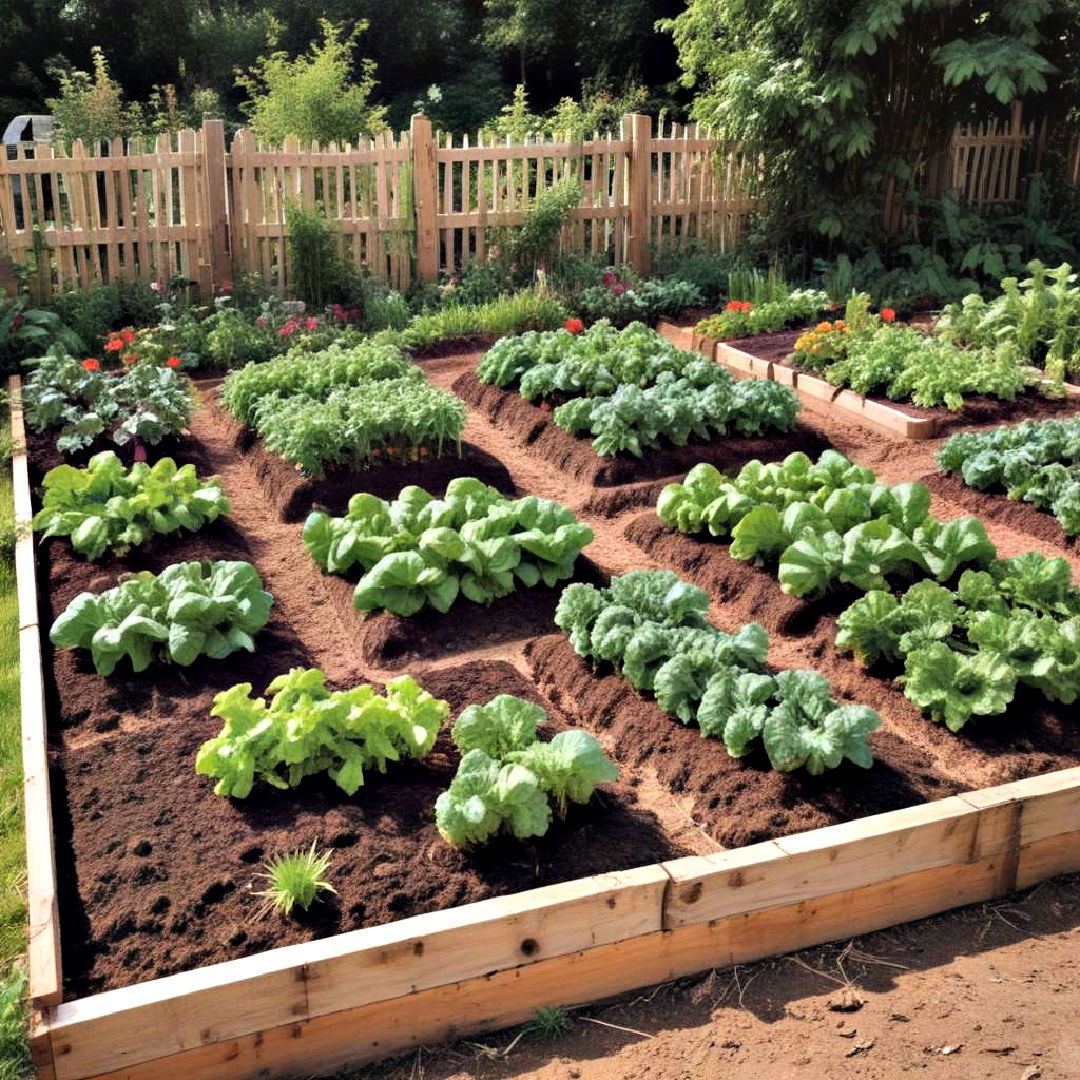
Initiating a no-dig garden is an eco-friendly way to cultivate vegetables without disturbing the soil. Layering organic materials like compost, manure, and straw on top of the soil enriches it, encourages beneficial microbial activity, and deters weeds. This method reduces labor and is particularly kind to worm populations that are vital for soil health.
17. Companion Planting
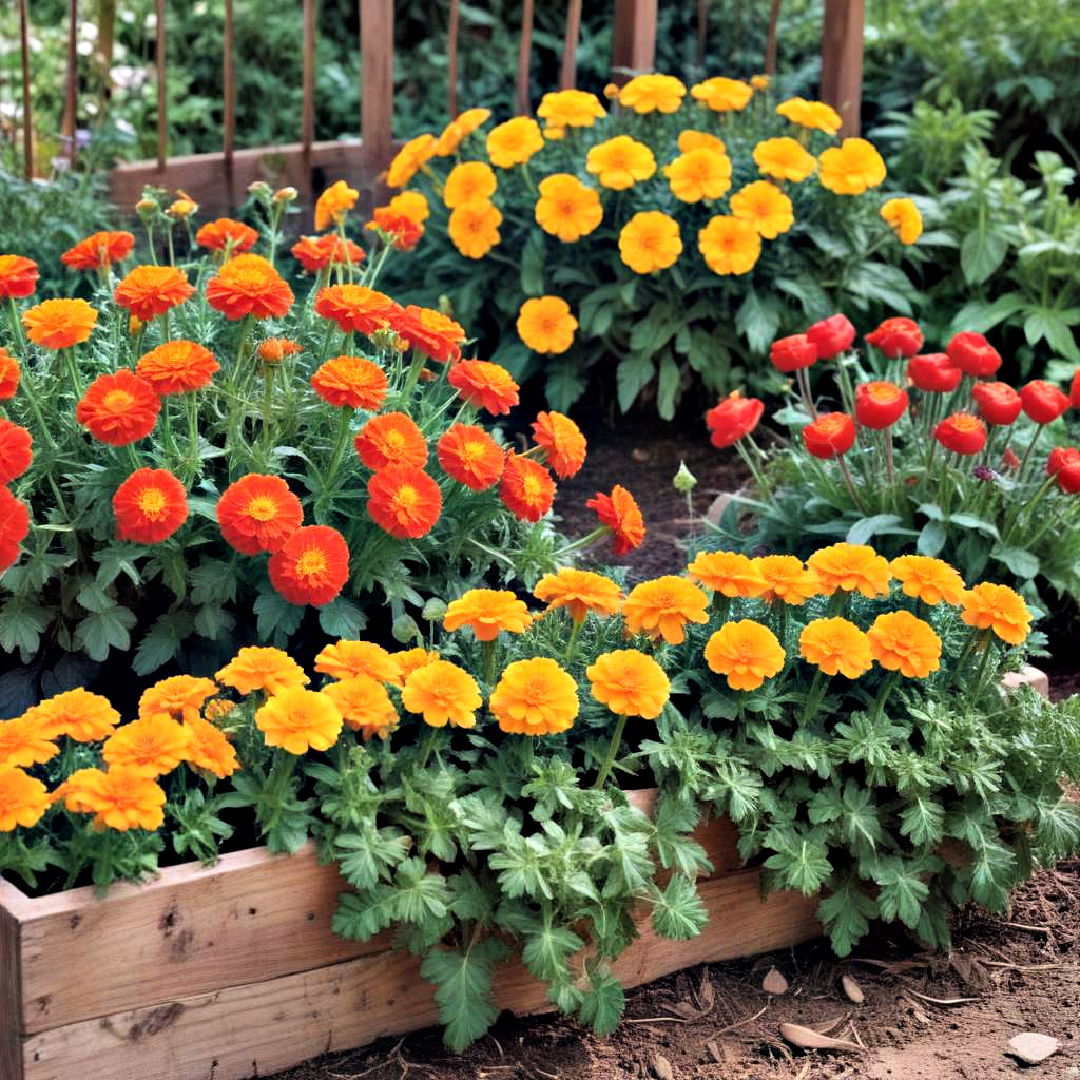
Companion planting is the practice of placing plants together that can help each other grow, deter pests, or enhance flavor. For example, planting marigolds among tomatoes can help repel nematodes and other pests. This approach to vegetable gardening creates a harmonious environment, reducing the need for chemical inputs.
18. Living Mulches
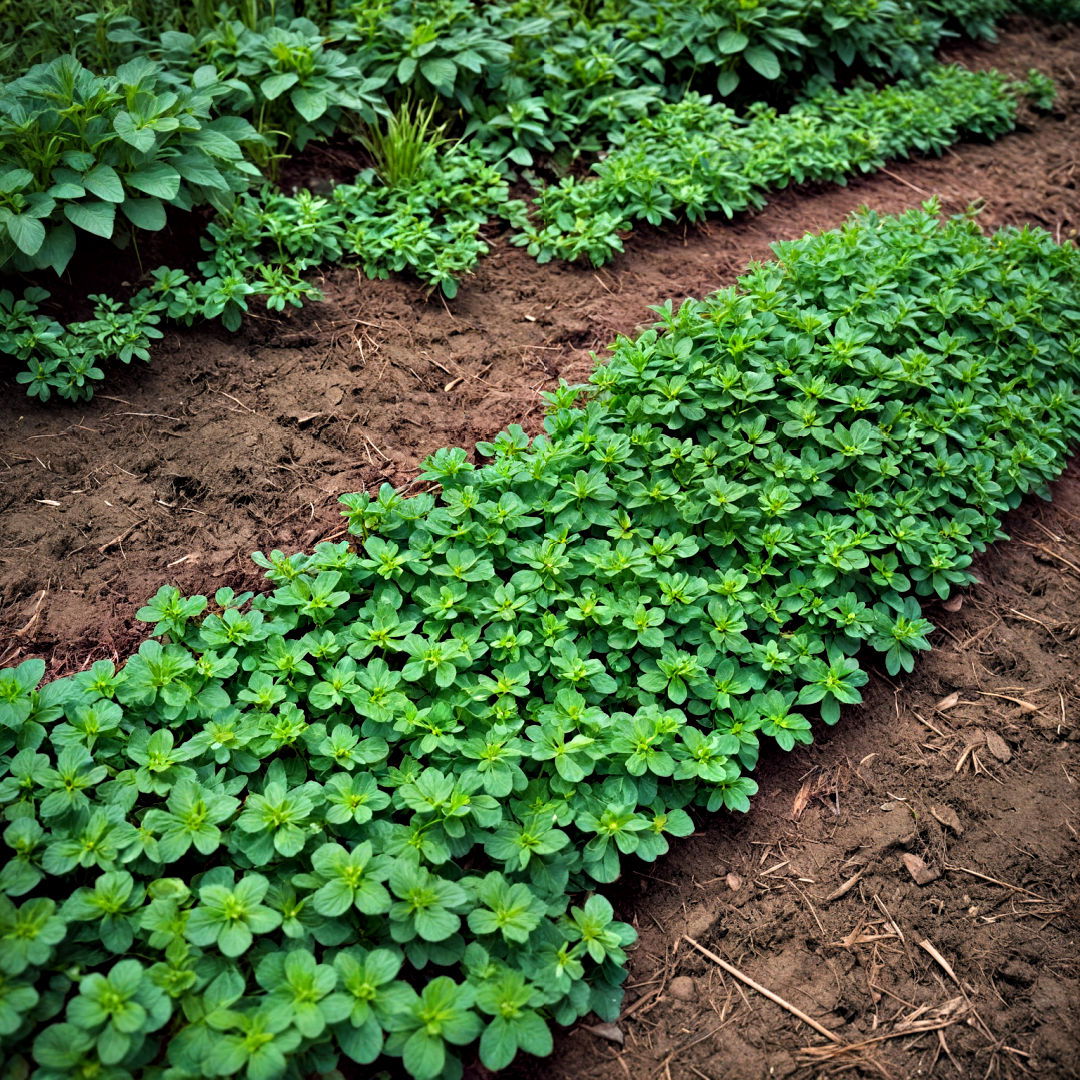
Our backyard vegetable garden ideas help you cultivate a thriving garden in any sized yard. Living mulches, such as clover or vetch planted between vegetables, act like a living carpet in the garden. They suppress weeds, retain soil moisture, and can even fix nitrogen in the soil—a crucial nutrient for healthy vegetable growth. At the end of the season, they can be turned into the soil as a green manure.
19. Succession Planting
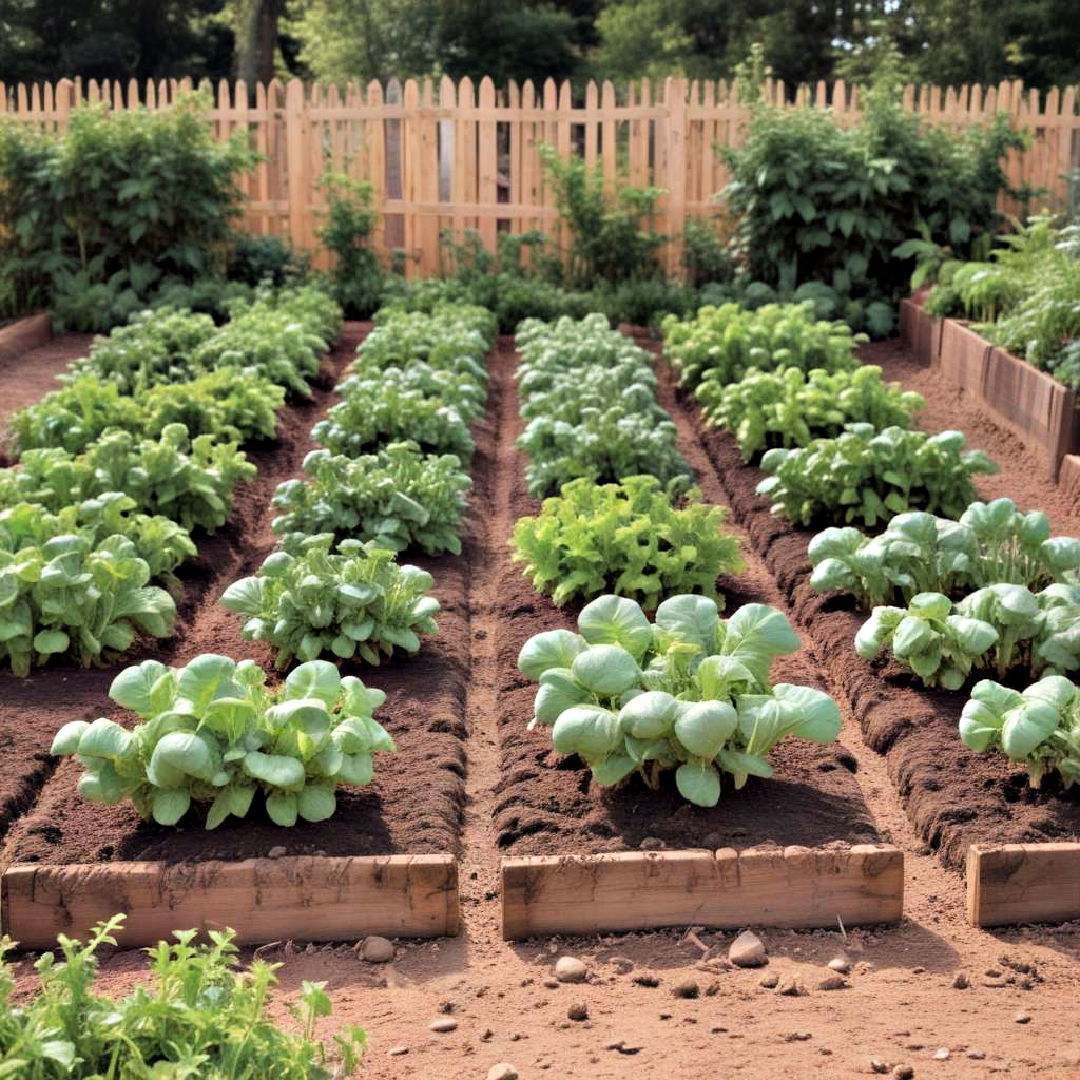
Maximize your garden's productivity through succession planting. This involves planting new crops as others finish, keeping the garden full and productive through the growing season. For instance, after harvesting early lettuce, plant warm-season crops like beans in the same space. It's a great way to ensure a continuous supply of vegetables.
20. Hydroponic Gardens
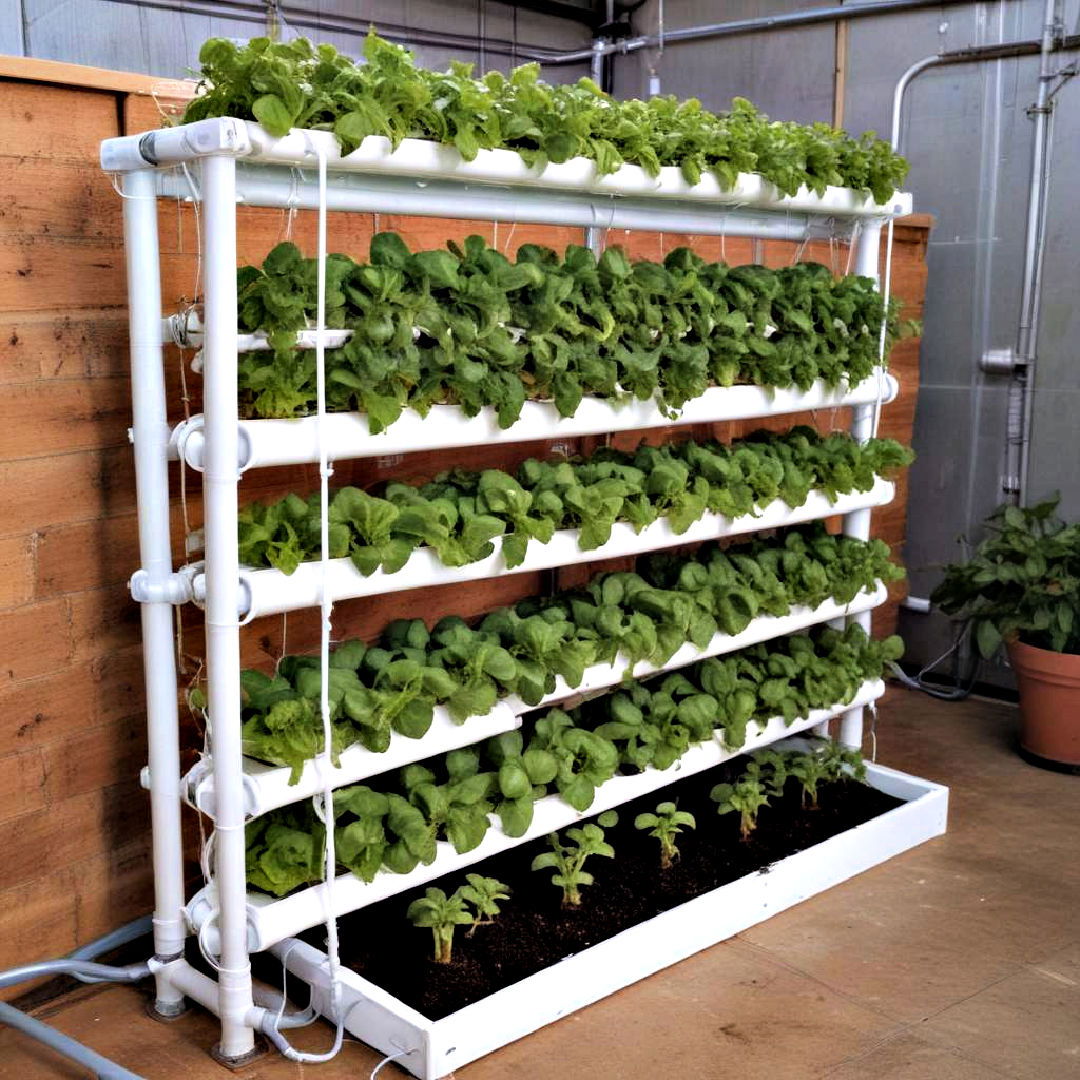
Hydroponic gardens allow for soil-less vegetable growing, using nutrient-rich water solutions instead. This method can produce faster-growing, higher-yielding plants in smaller spaces, making it perfect for urban environments. Plus, hydroponics can be set up indoors, providing fresh veggies year-round without a garden plot.
21. Hügelkultur Beds

Hügelkultur beds use a core of decaying wood and other compostable materials covered with soil to create a raised bed. This method mimics the natural process of rotting wood on the forest floor, retaining moisture, improving soil fertility, and reducing the need for irrigation and fertilizer. Over time, these beds become incredibly productive.
22. Spiral Herb Gardens

A twist on the traditional herb spiral, these gardens focus specifically on creating ideal conditions for a variety of herbs in a compact, spiral form. By taking advantage of vertical space and creating different microenvironments, herbs that need different growing conditions can coexist happily in a small, decorative space.
23. Wildlife-Friendly Gardens
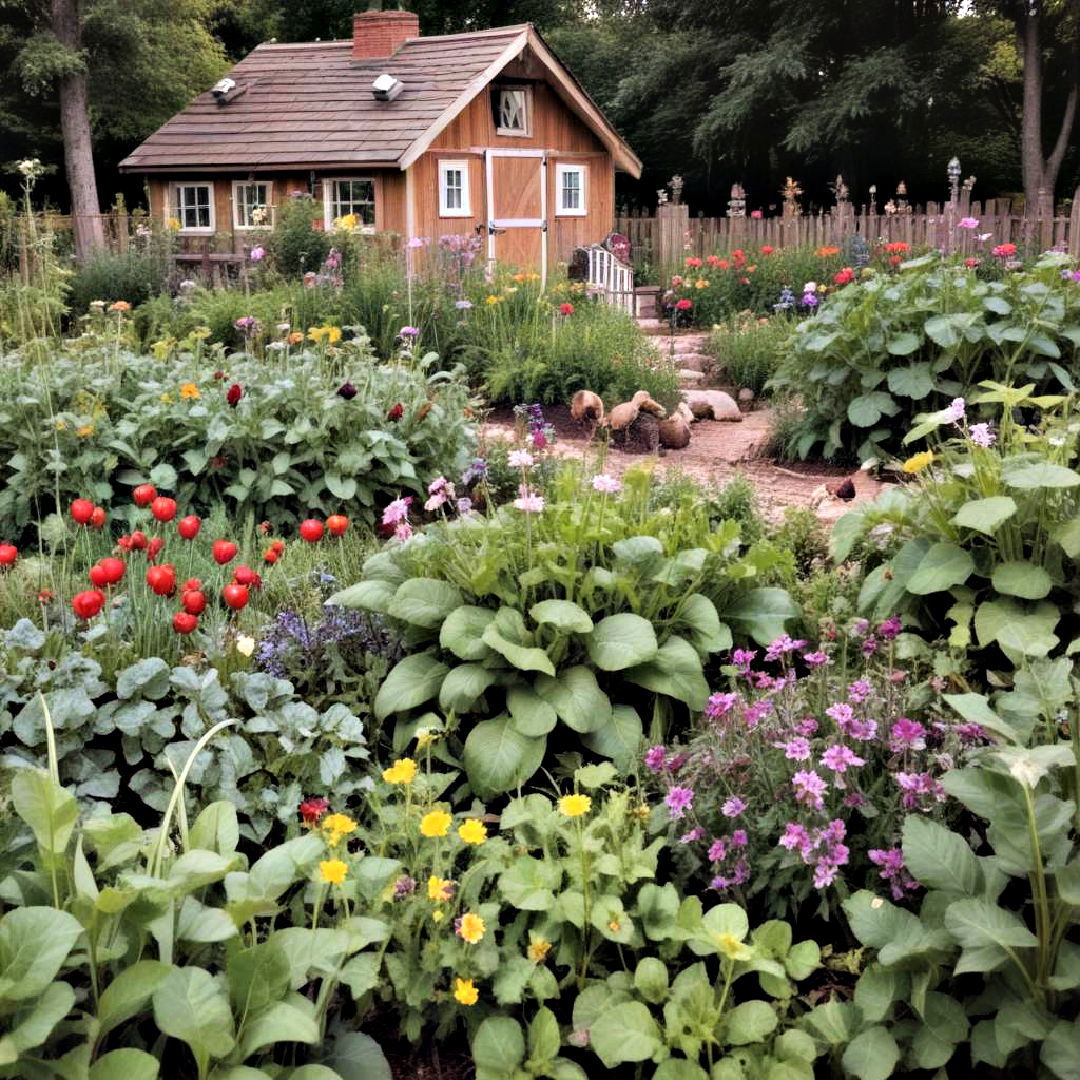
Cultivating a garden with local wildlife in mind can contribute to your vegetable garden’s success. Incorporating plants that attract beneficial insects for pest control, or creating small habitats for pollinators, can enhance pollination and reduce the need for chemical pesticides, resulting in a more resilient and productive garden ecosystem.
24. Themed Gardens
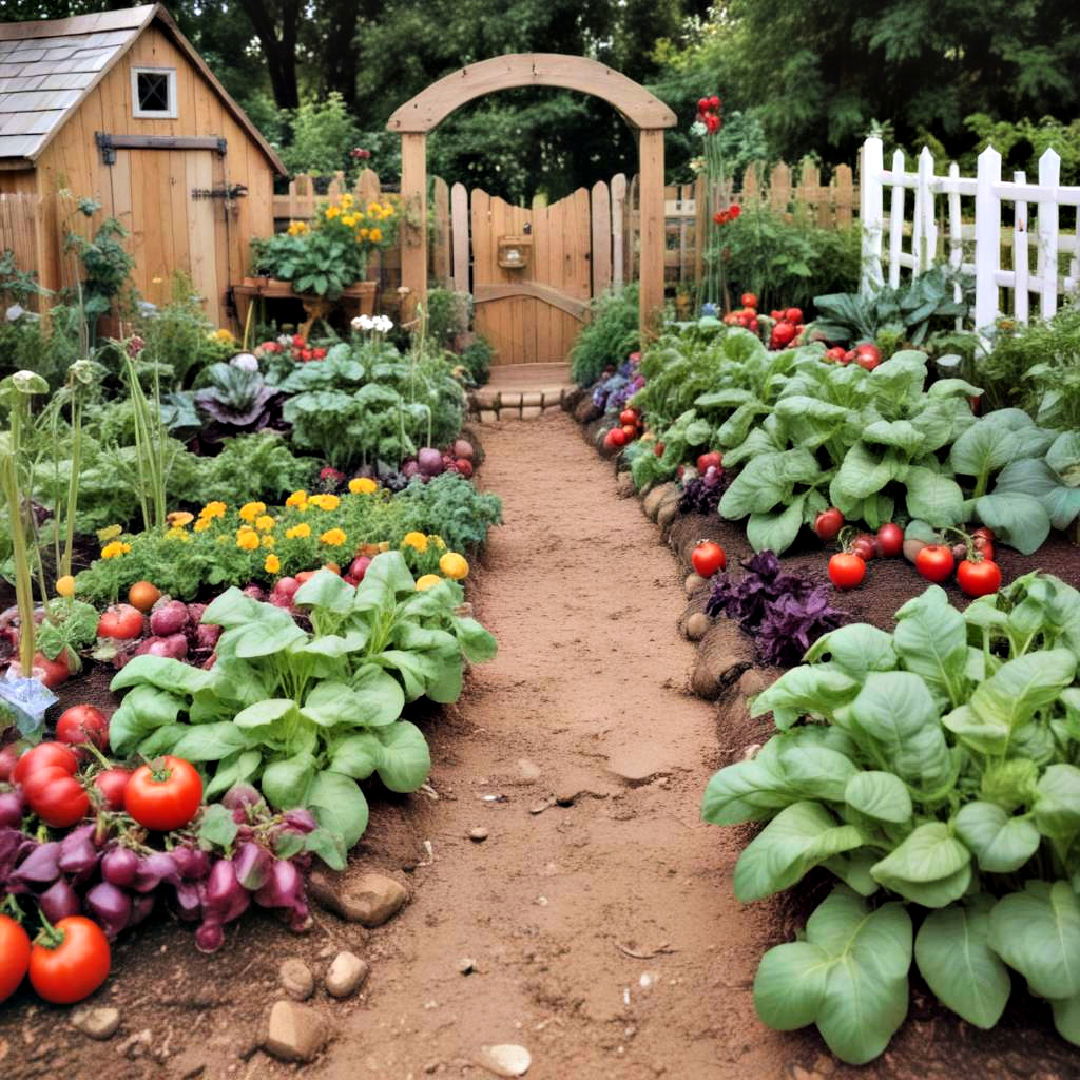
Find the best veggie garden ideas to grow fresh produce right in your backyard. Creating a themed vegetable garden can add an element of fun and creativity to your gardening. Whether it’s a pizza garden with tomatoes, peppers, and basil, or a salad garden bursting with greens and edible flowers, themed gardens can inspire your cooking and make gardening more engaging for all ages.
25. Moon Gardening
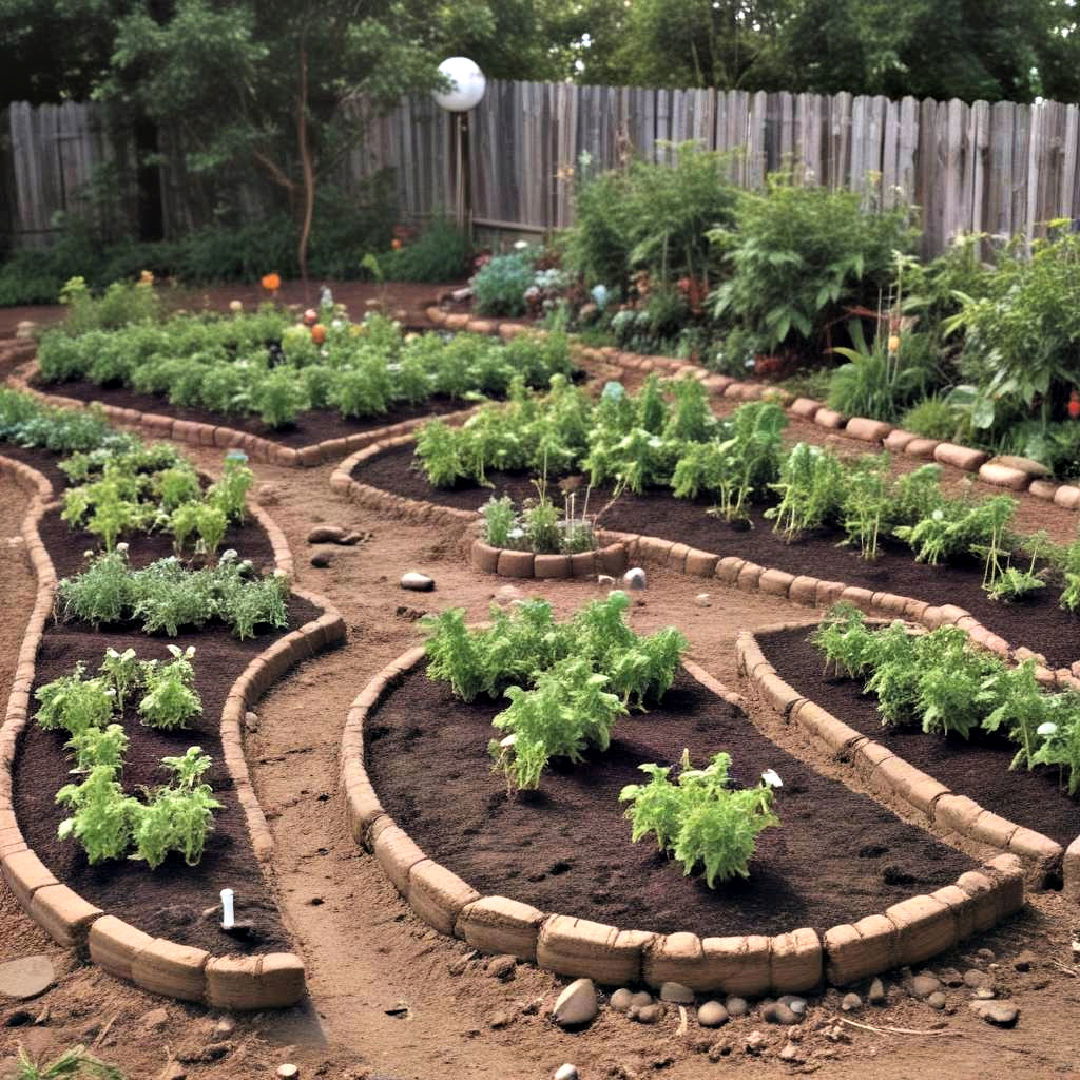
Moon gardening is based on lunar cycles, planting seeds during certain phases of the moon to improve germination and growth rates. This age-old method aligns planting with the gravitational pull that affects moisture in the soil, which can influence root development. While it might sound unconventional, many gardeners swear by its effects.
Conclusion:
In conclusion, creating a lush backyard oasis with 25 vegetable garden ideas can transform your space into a vibrant, productive paradise. These suggestions are designed to boost your garden’s health and aesthetic appeal. Get started today and enjoy the benefits of a thriving vegetable garden.

